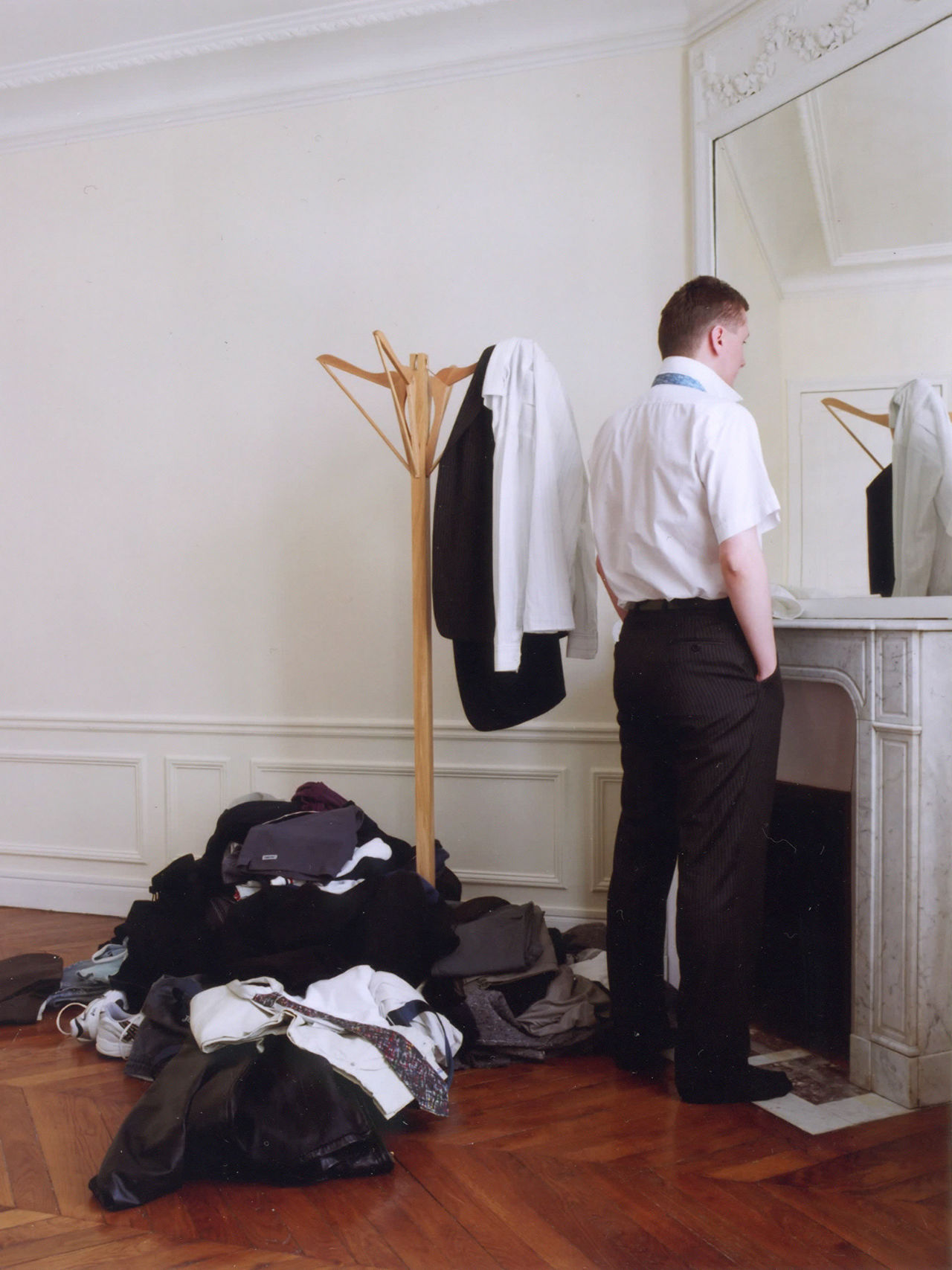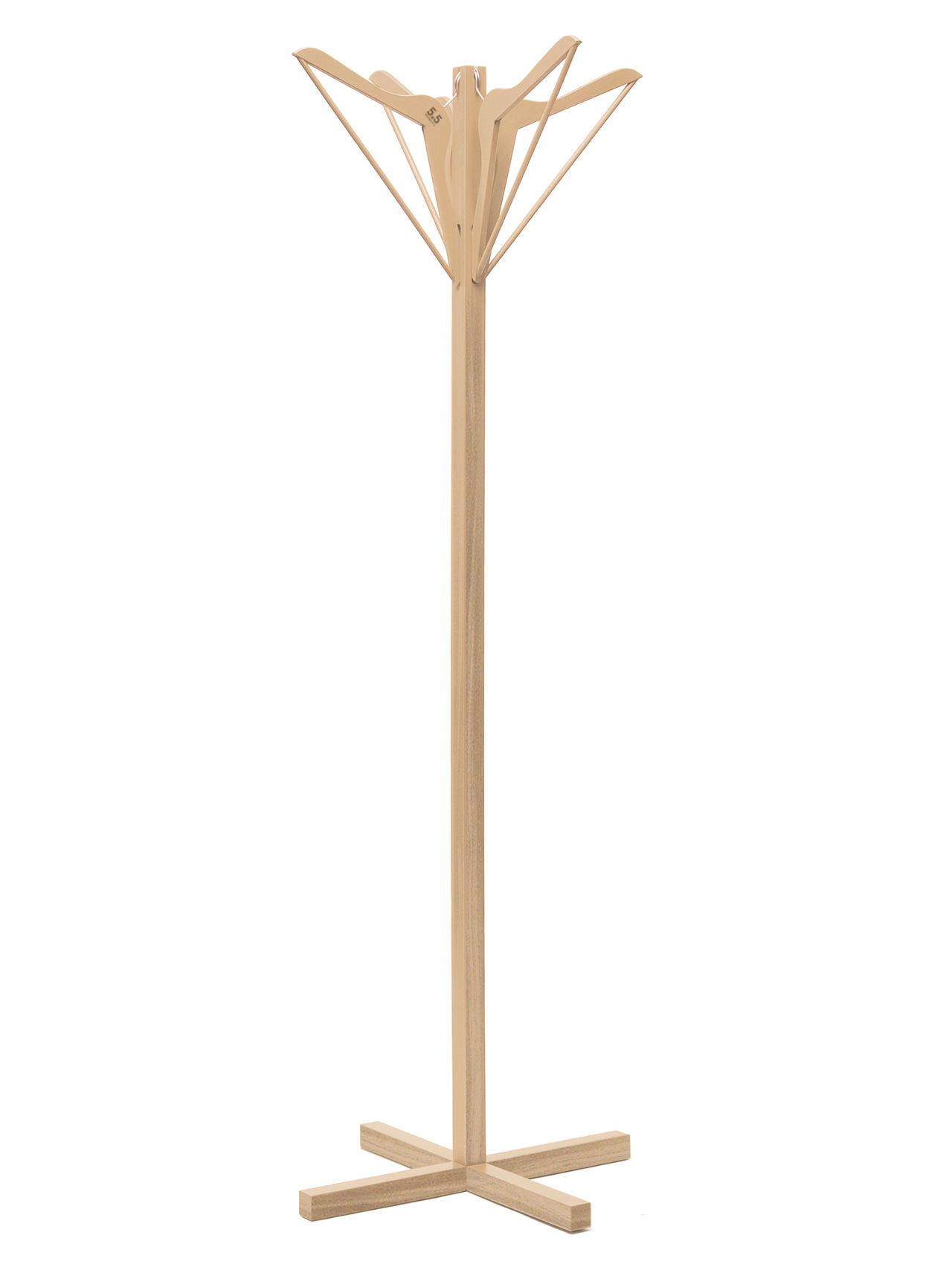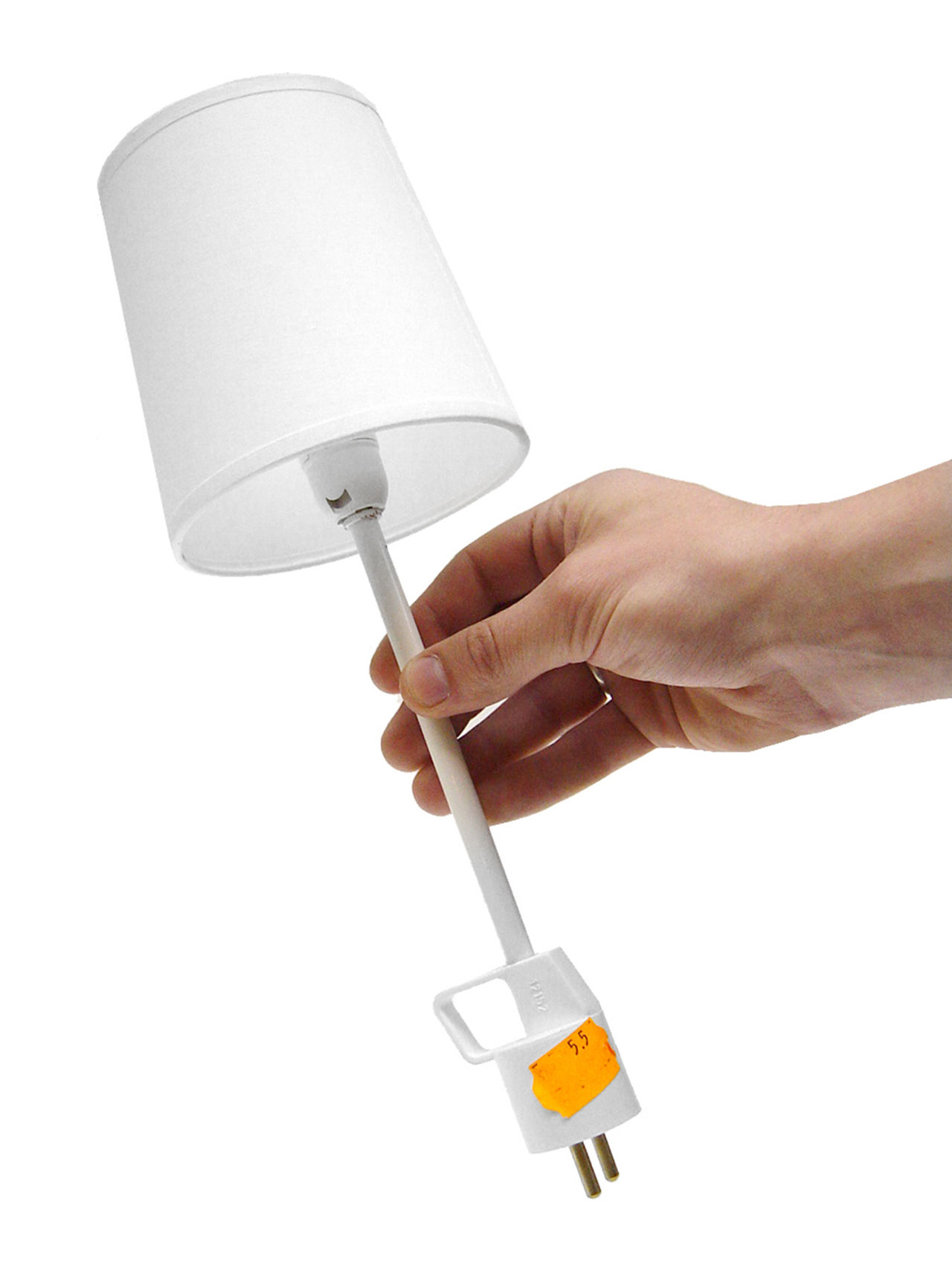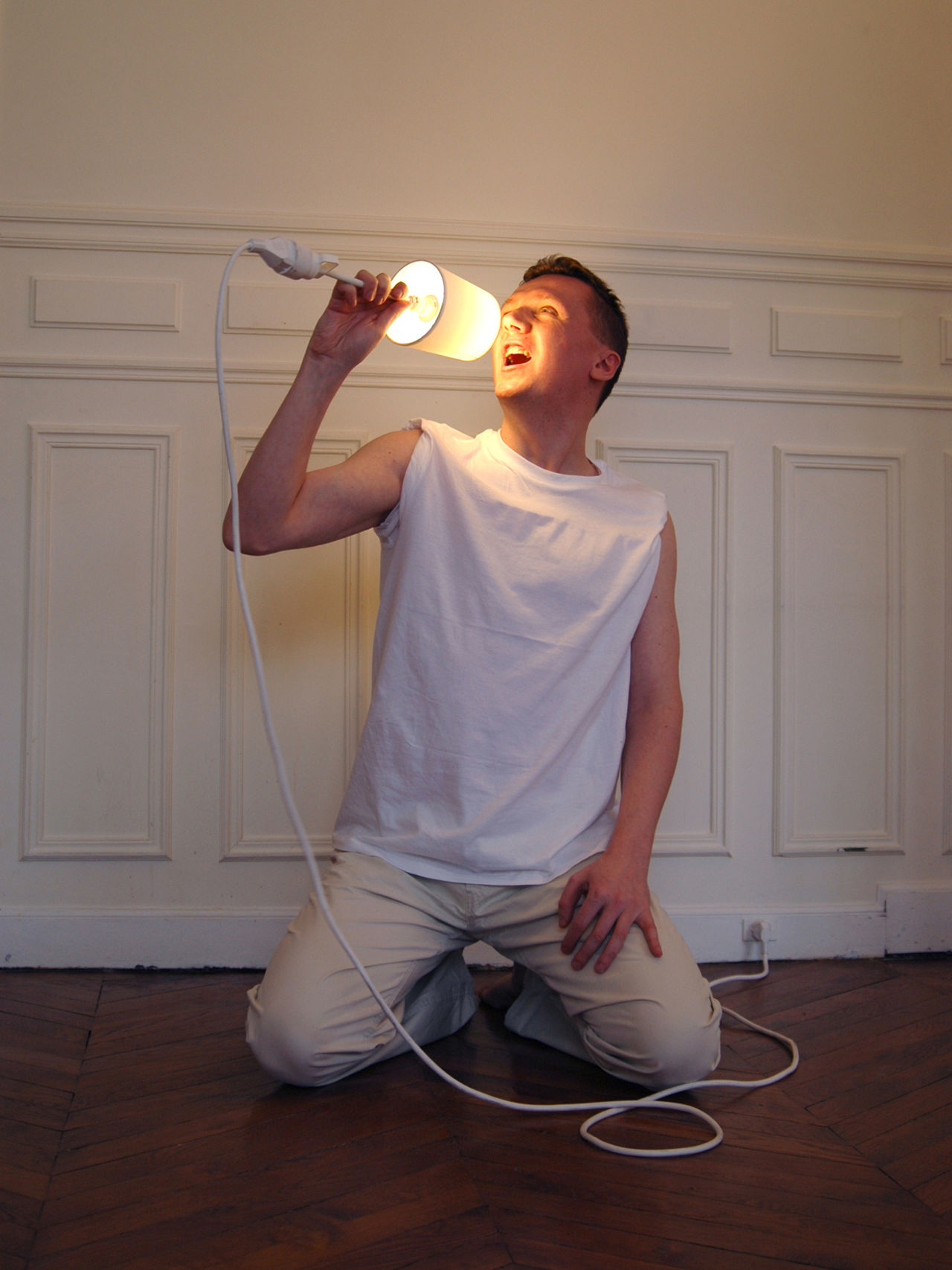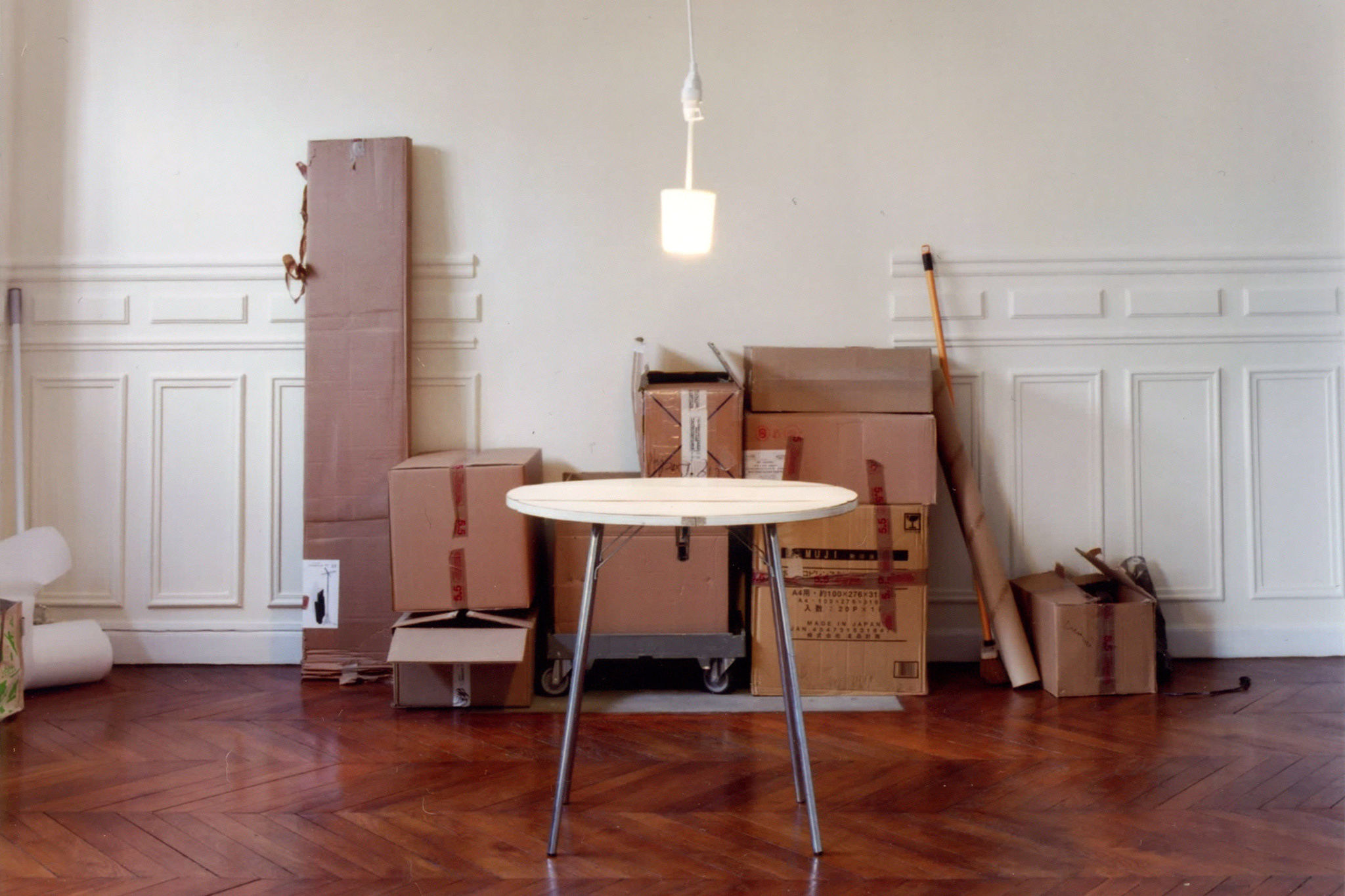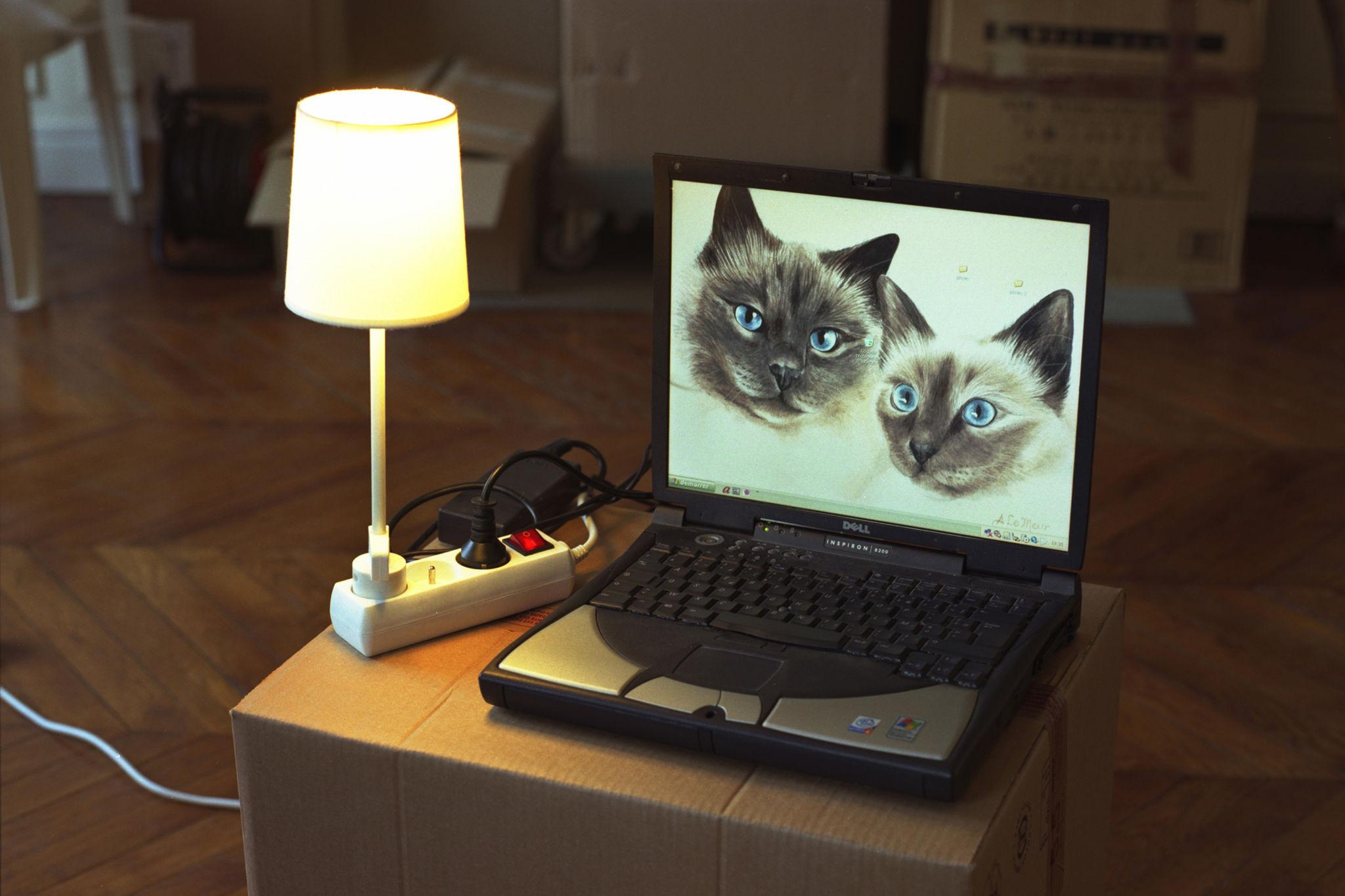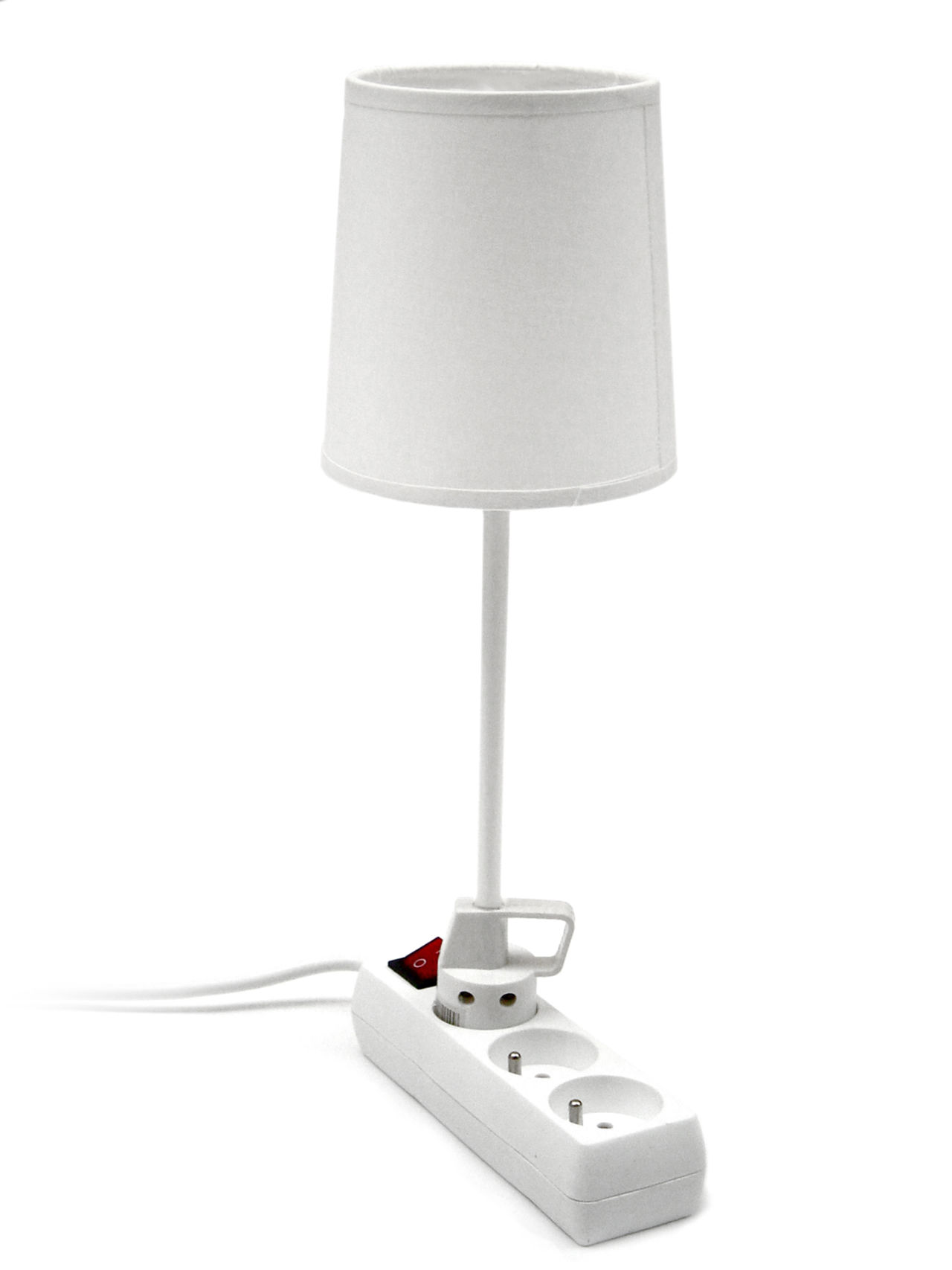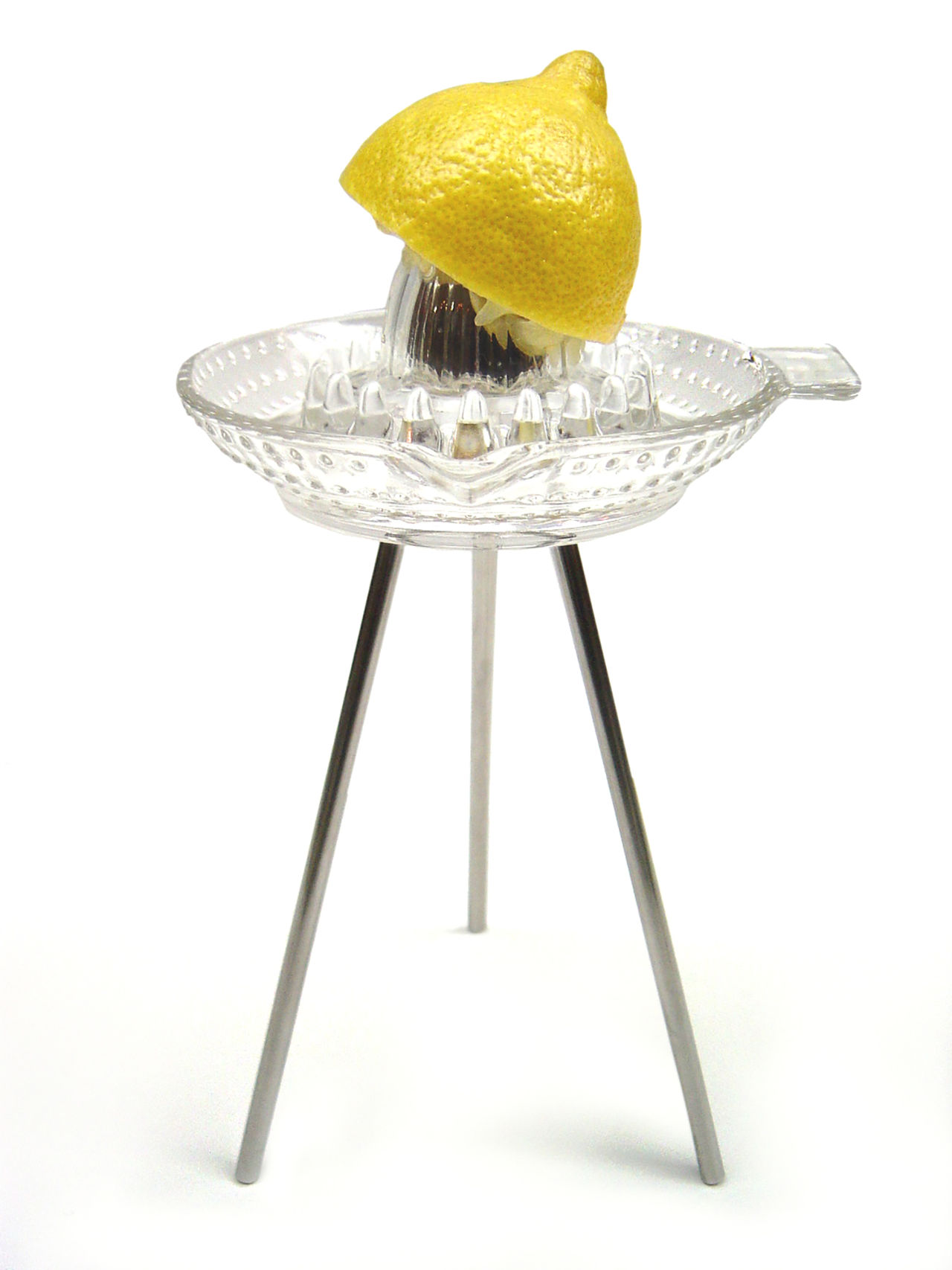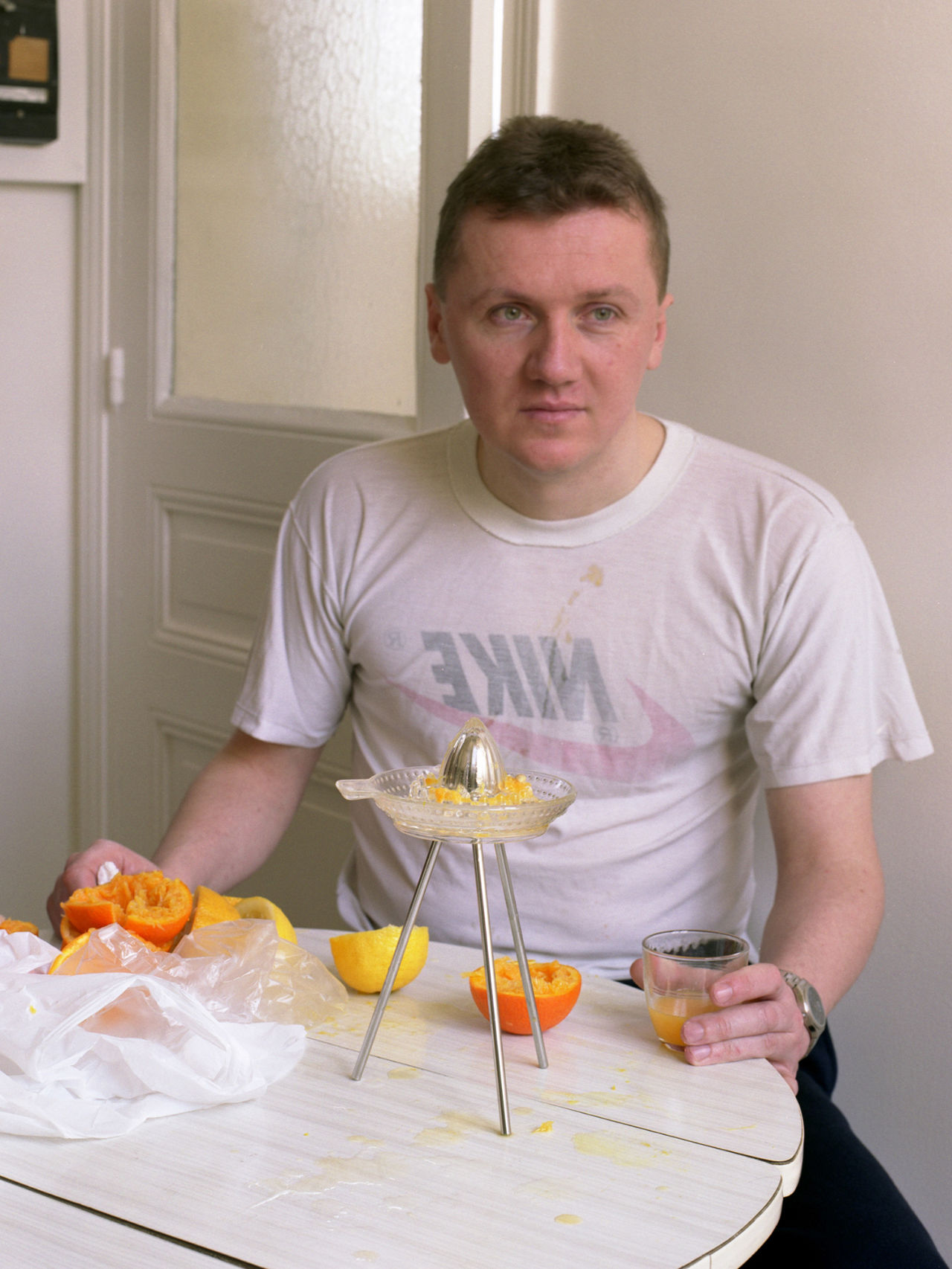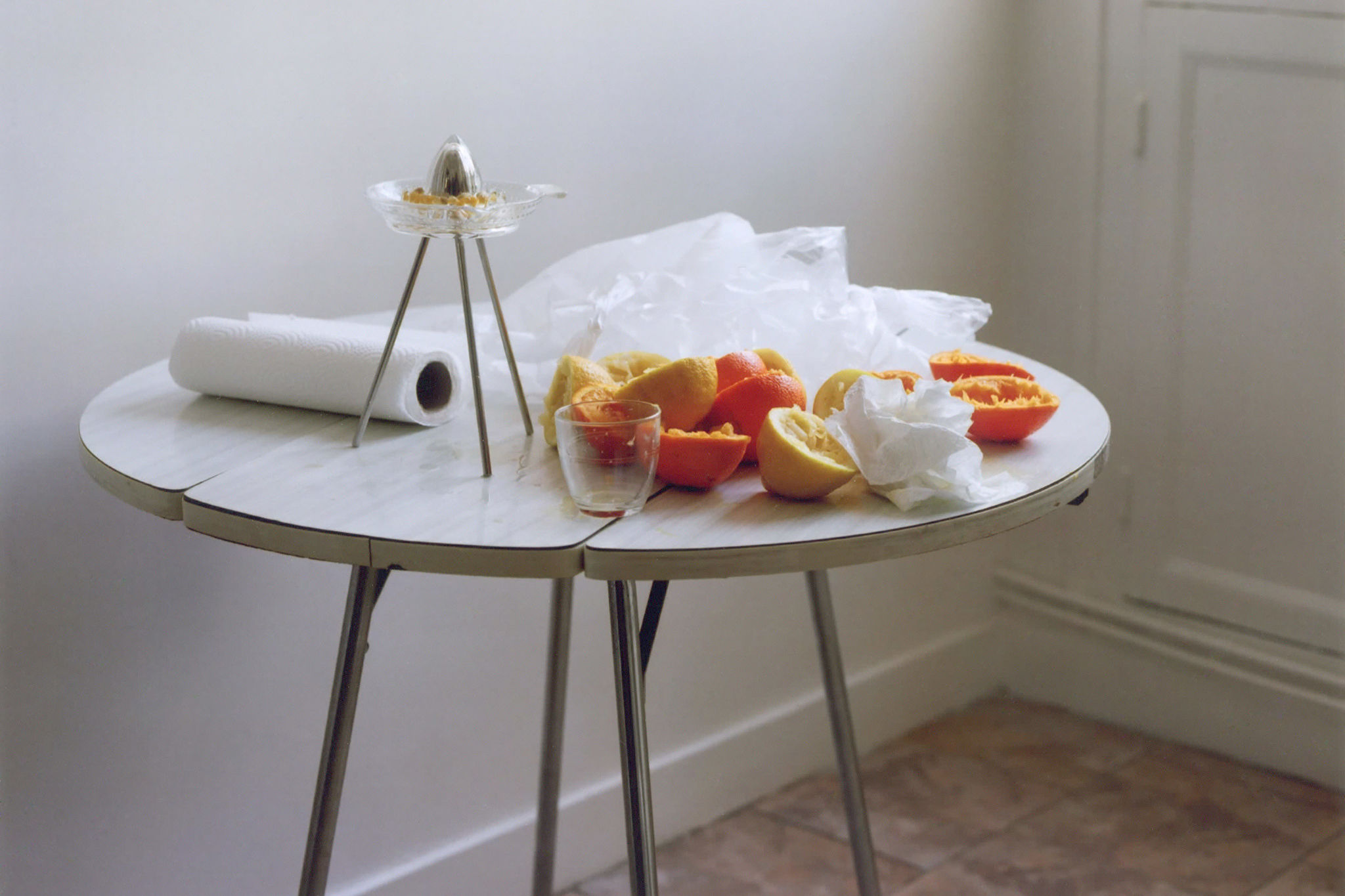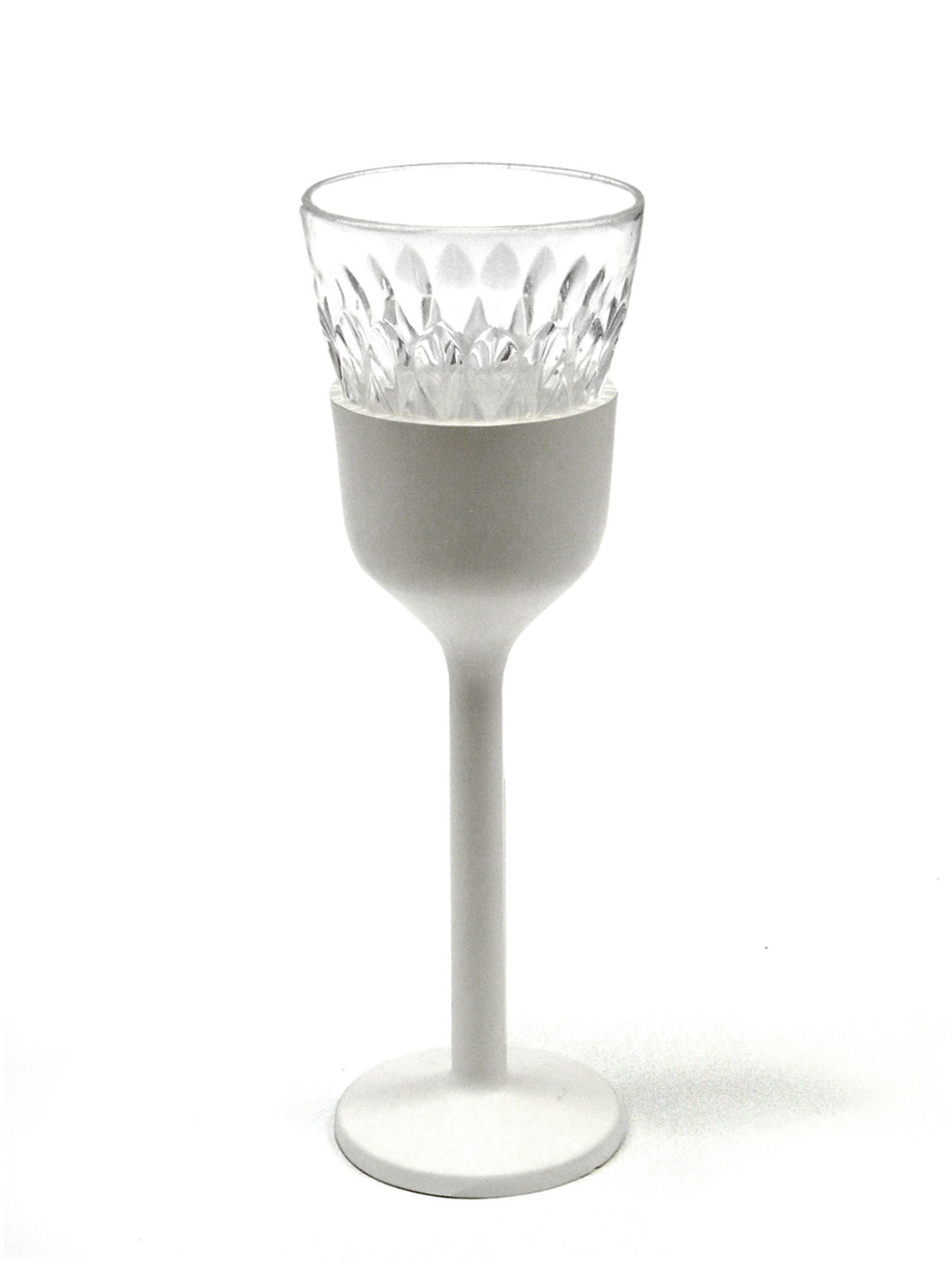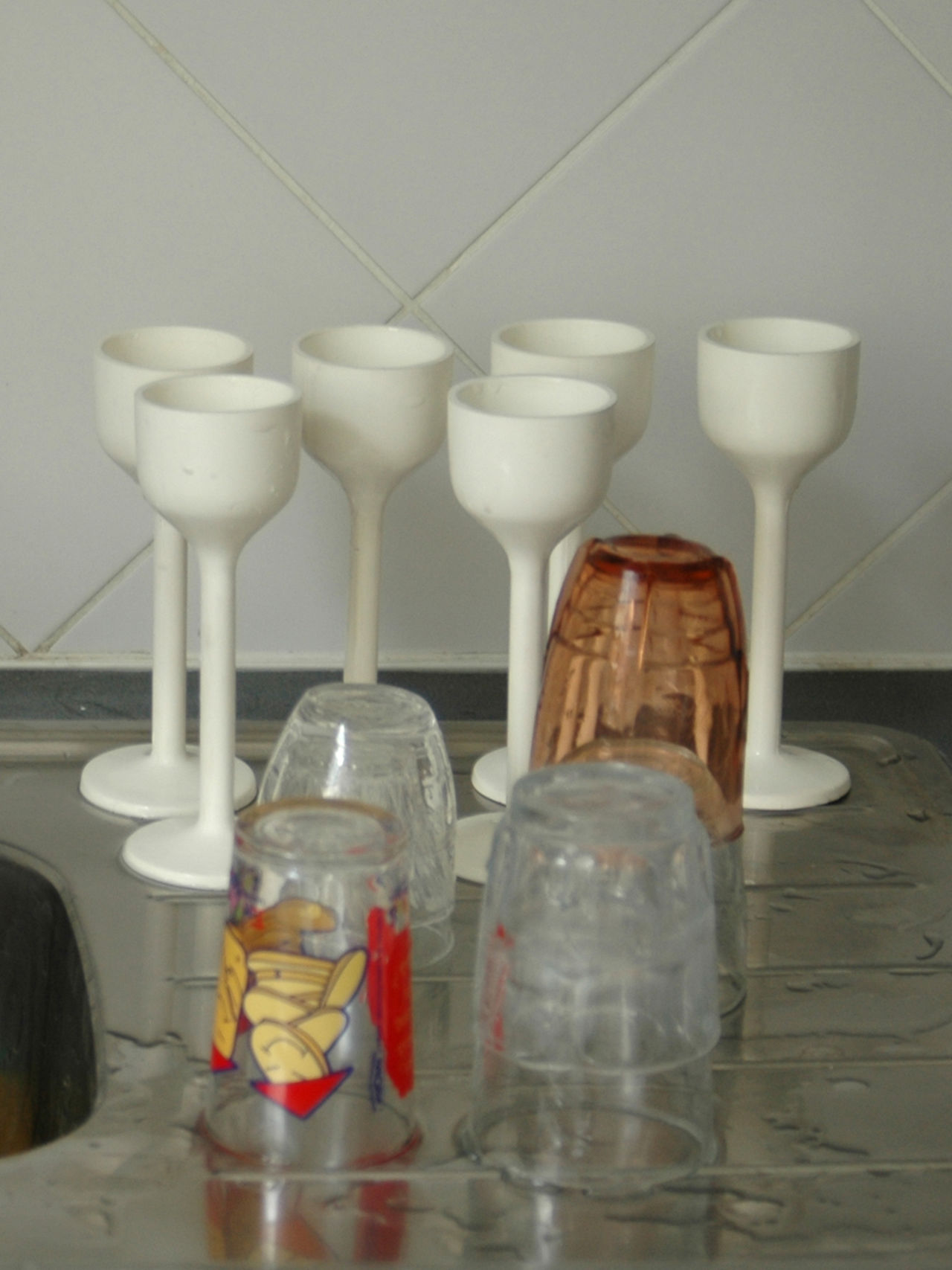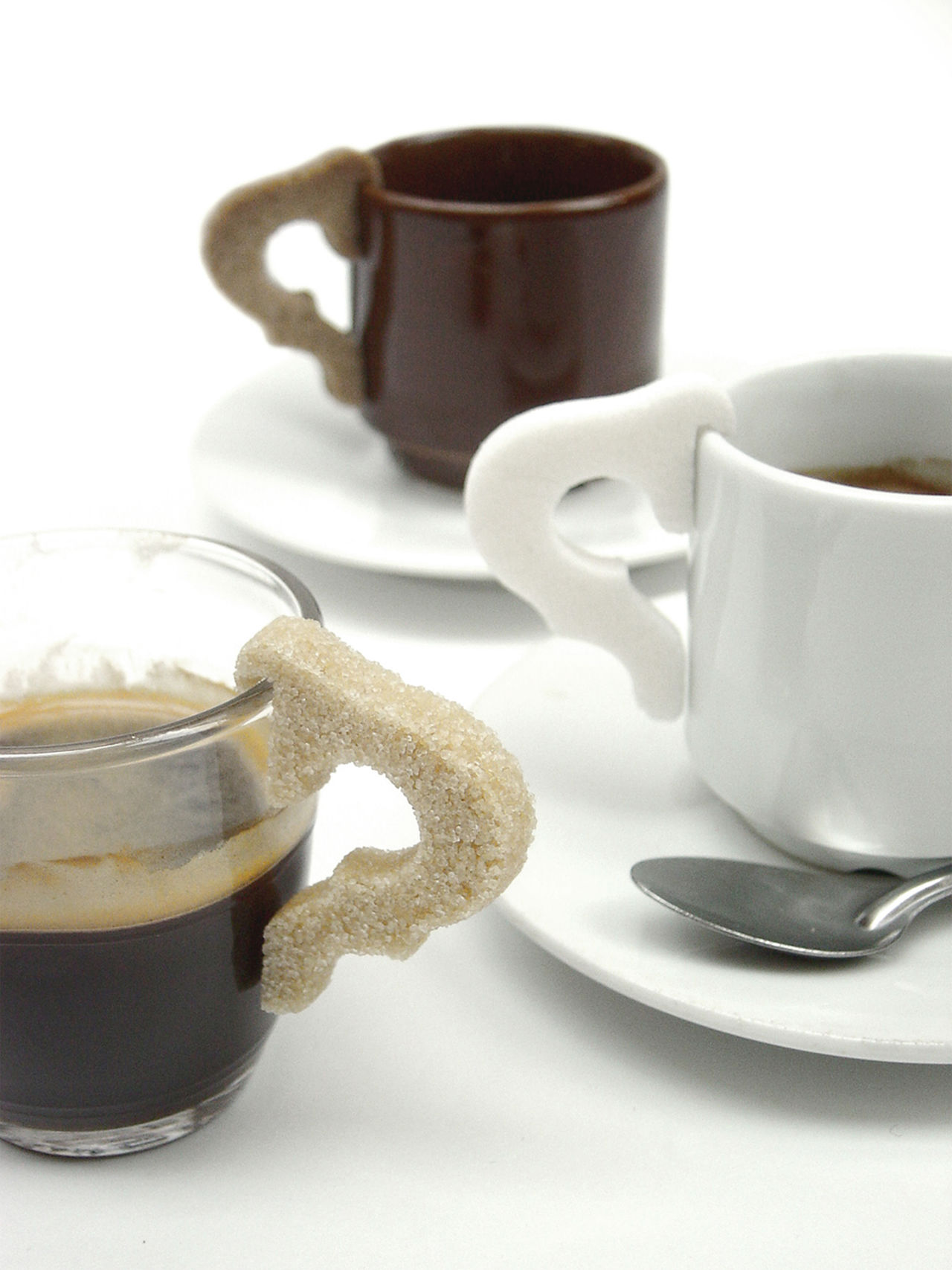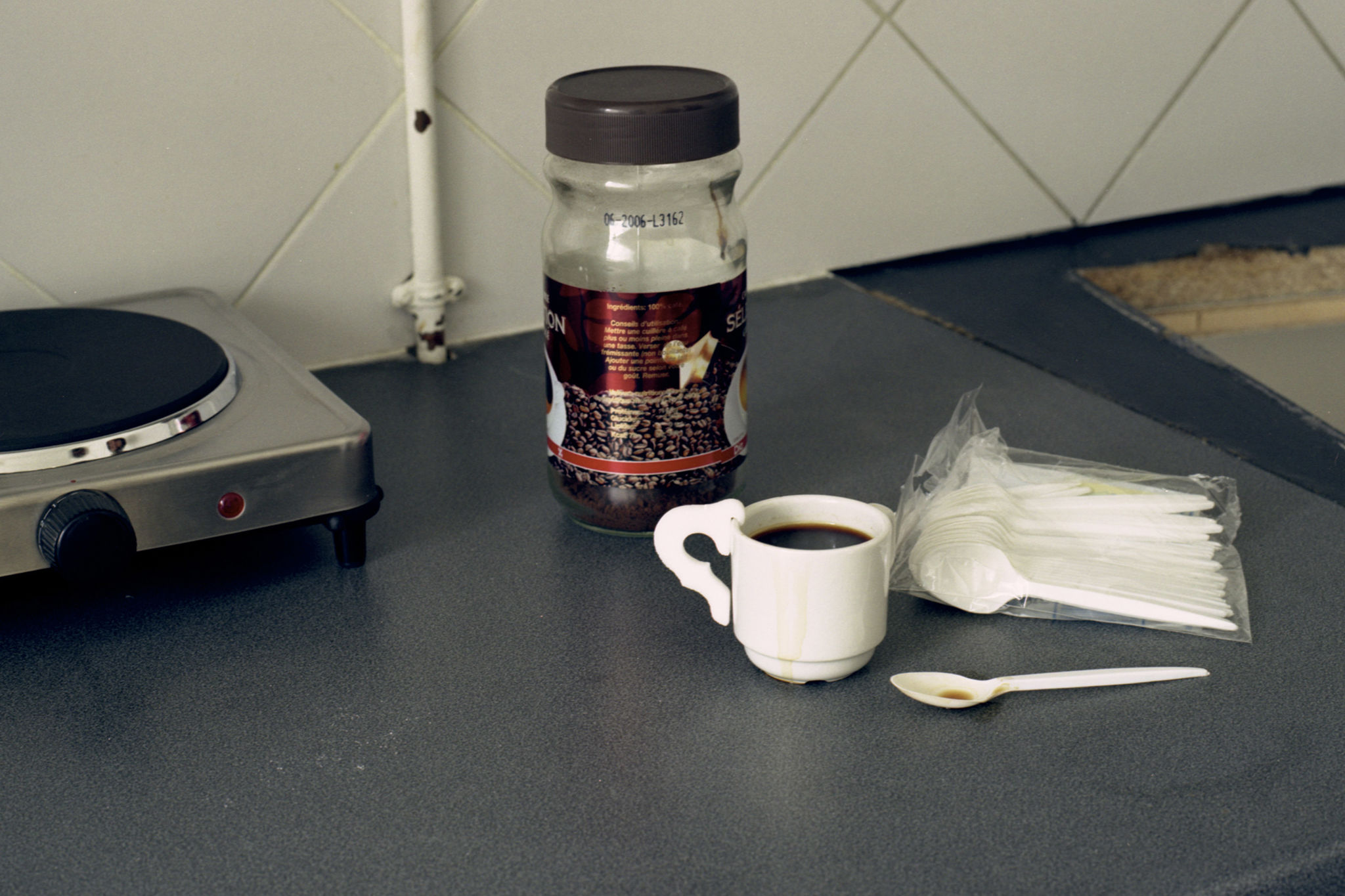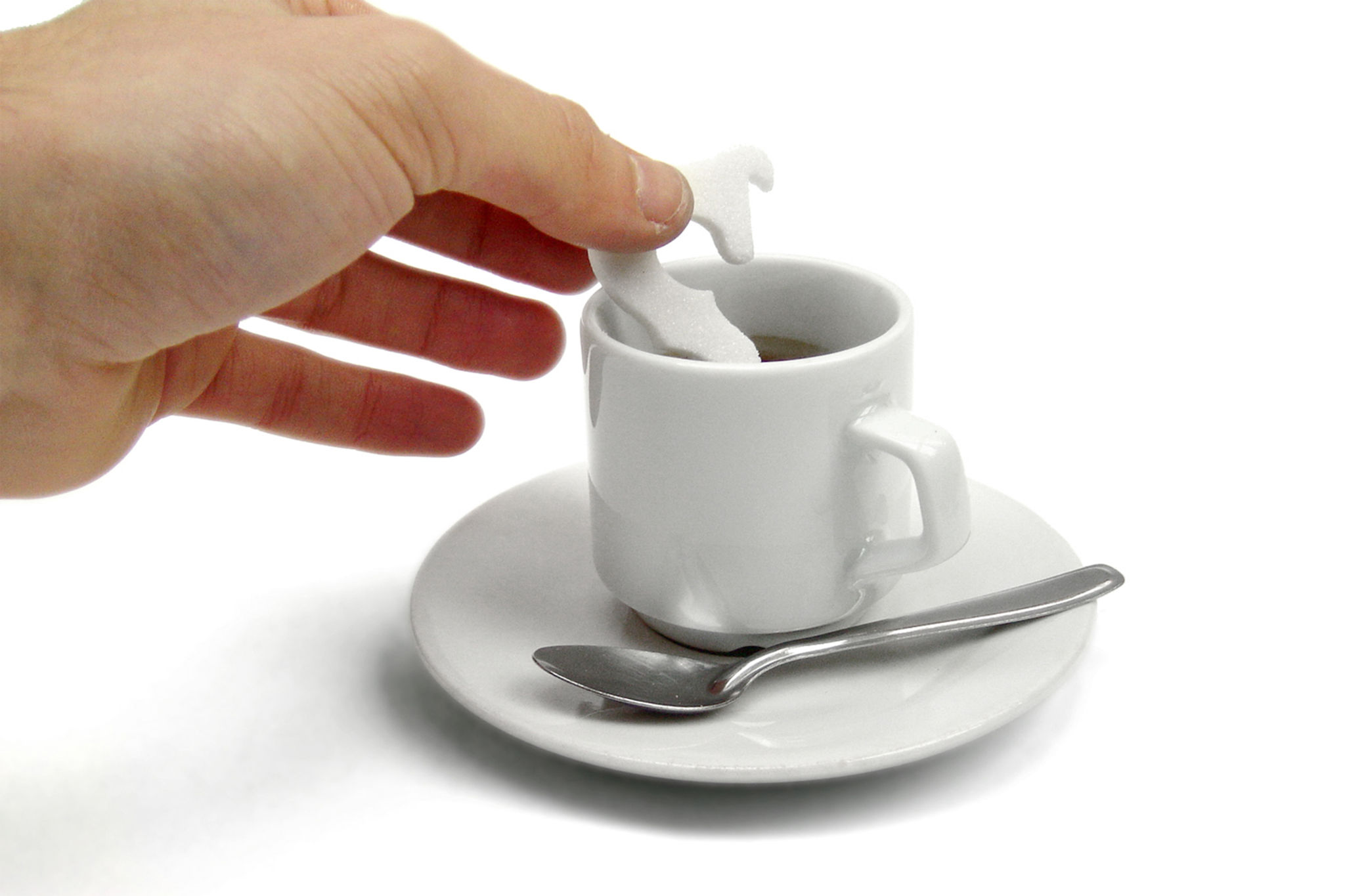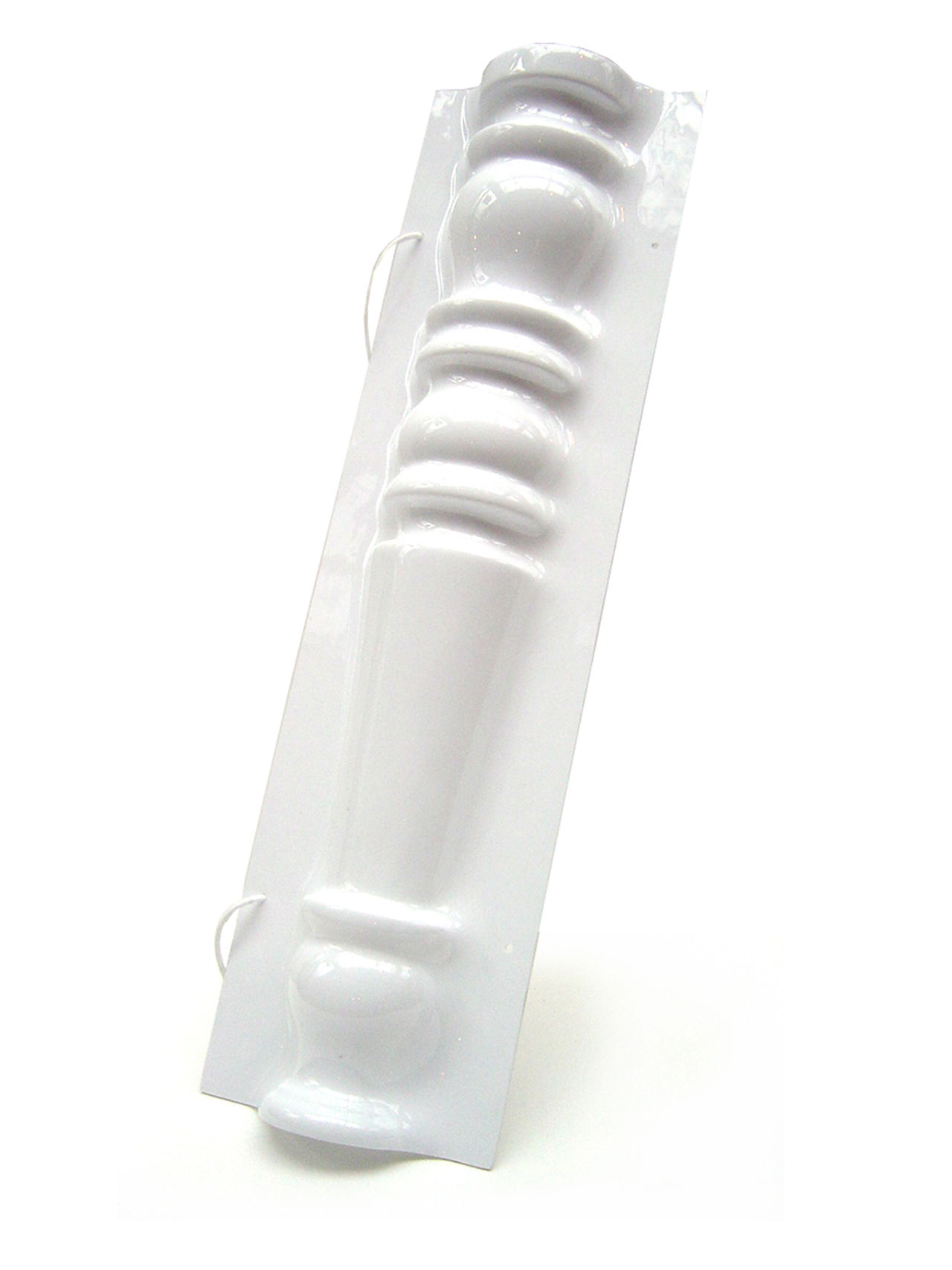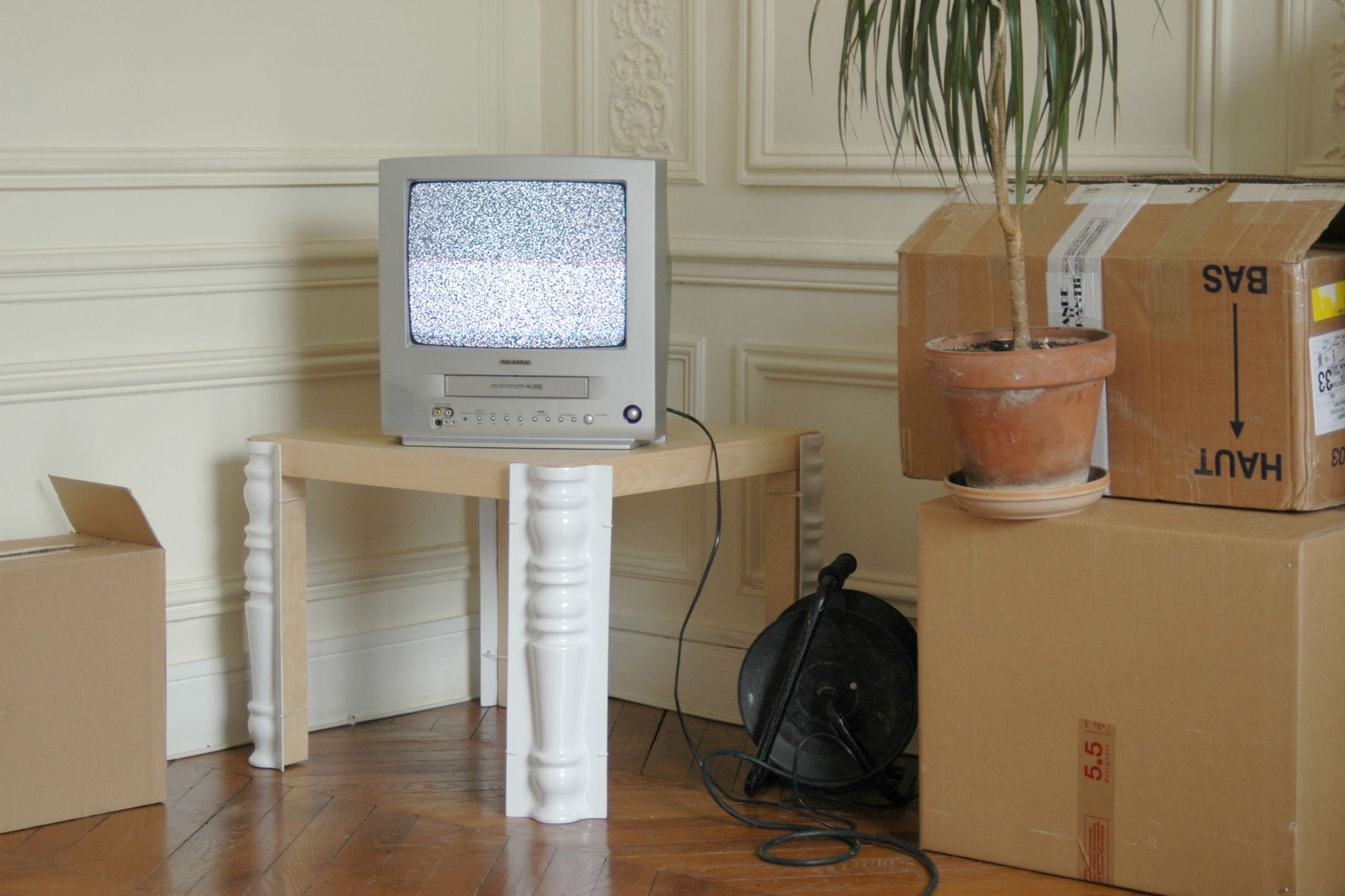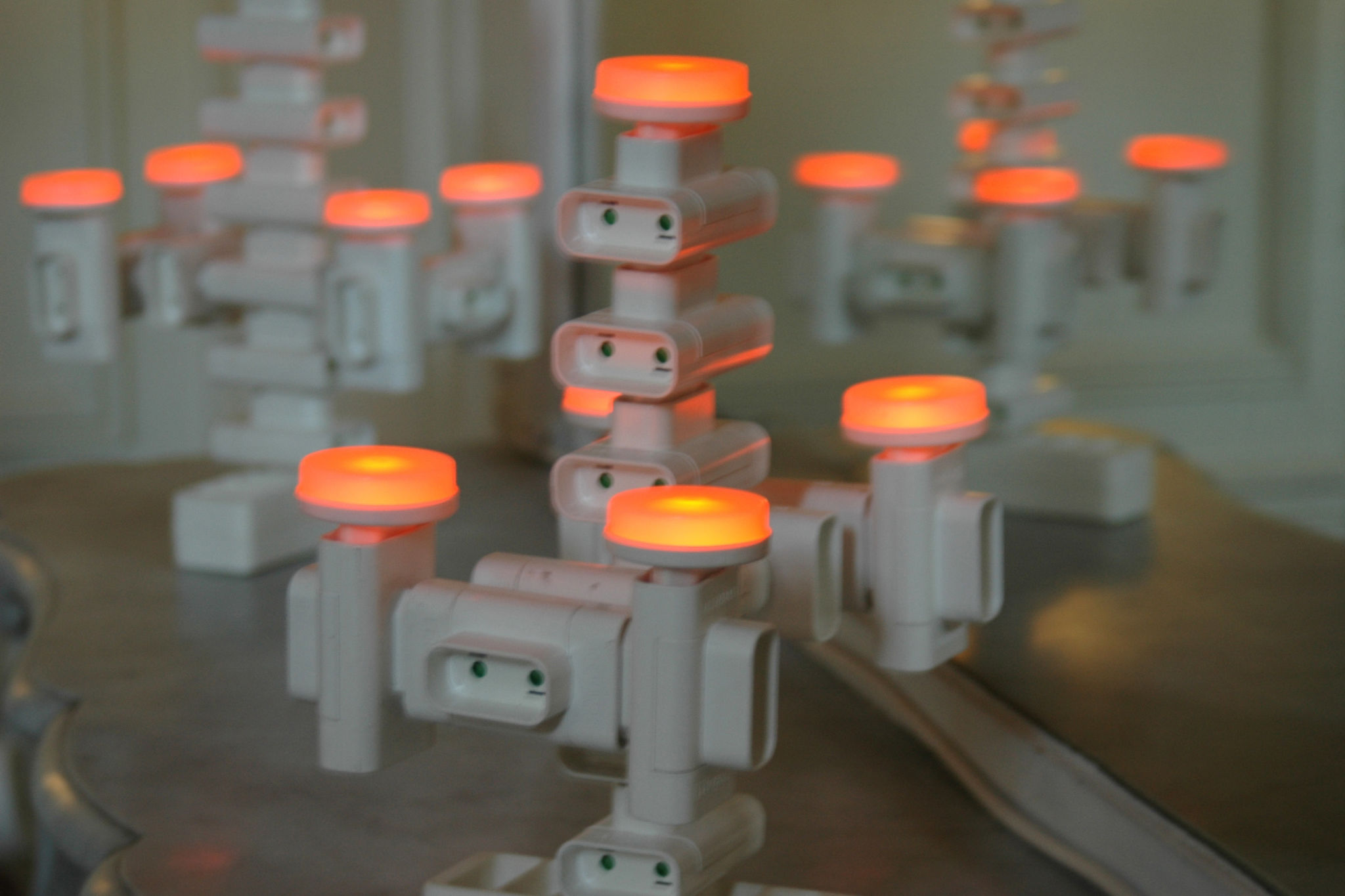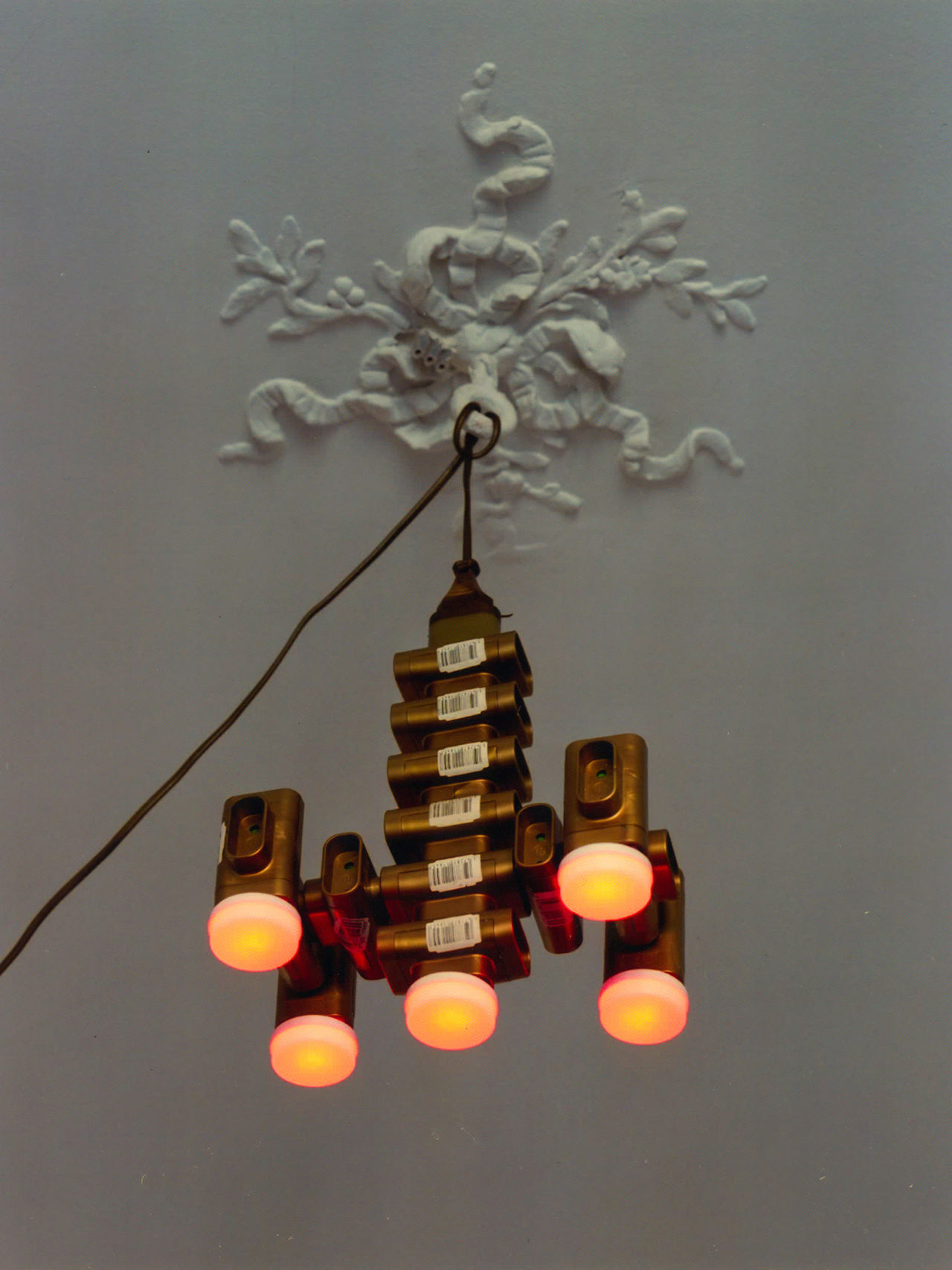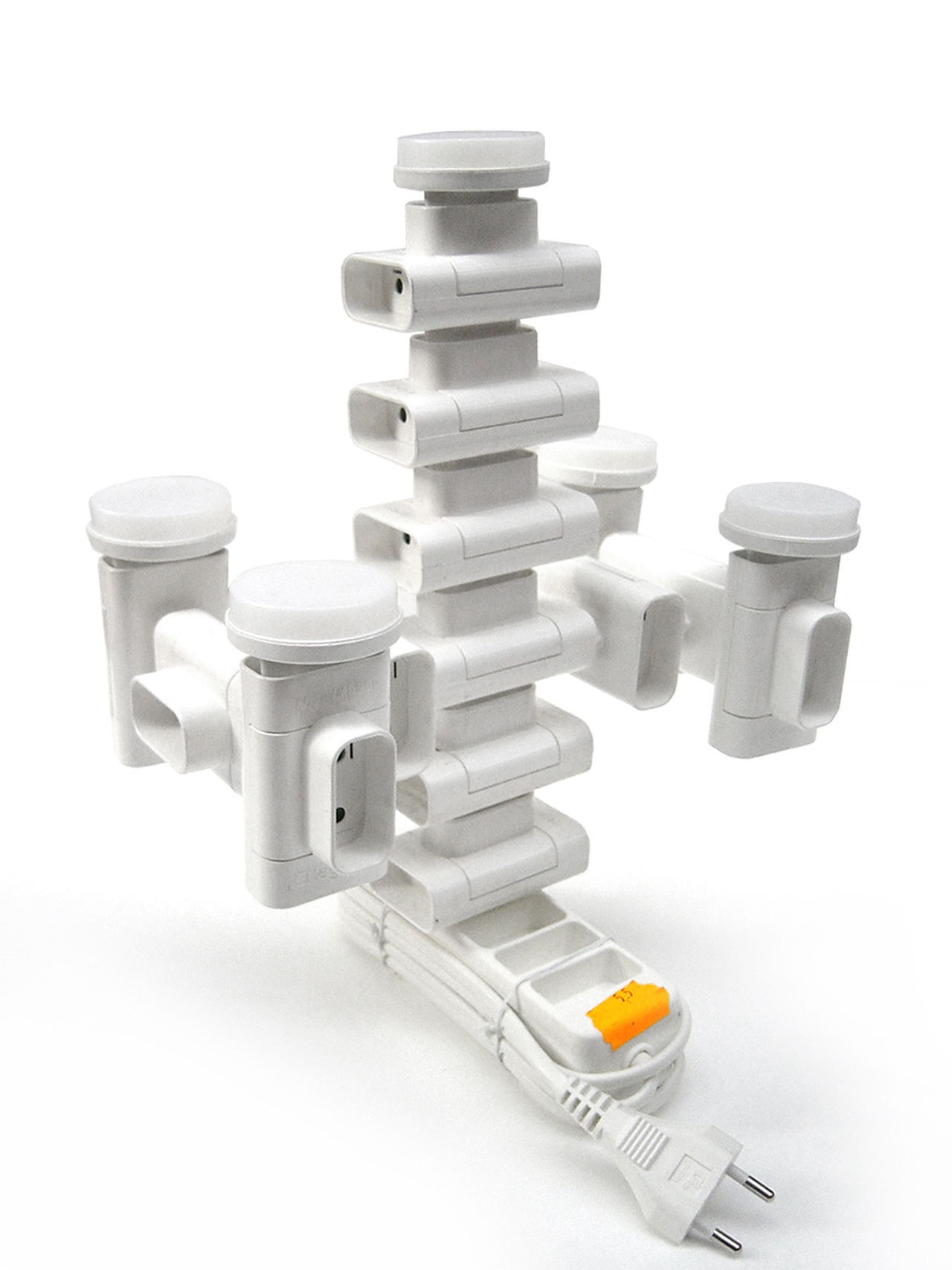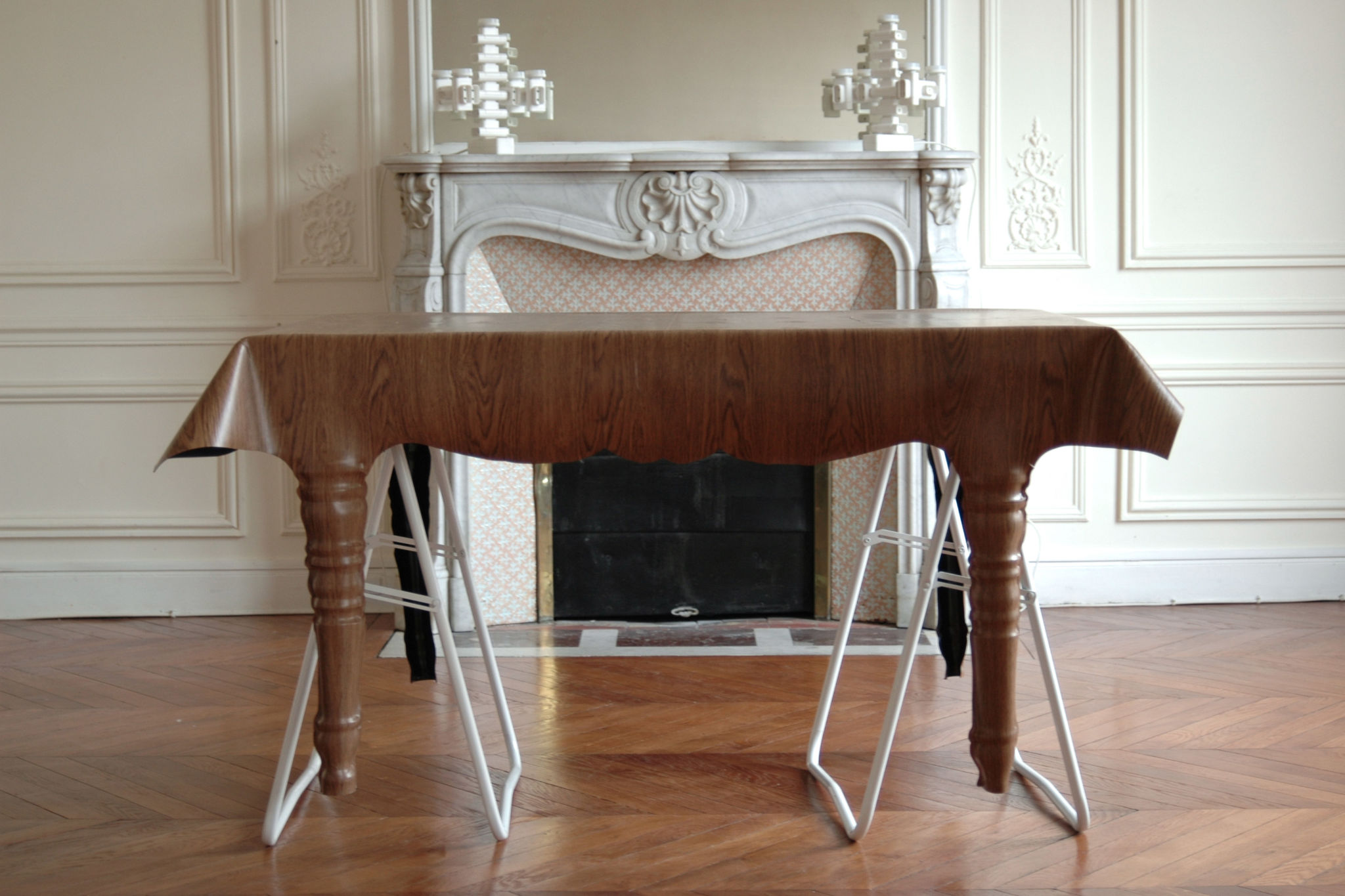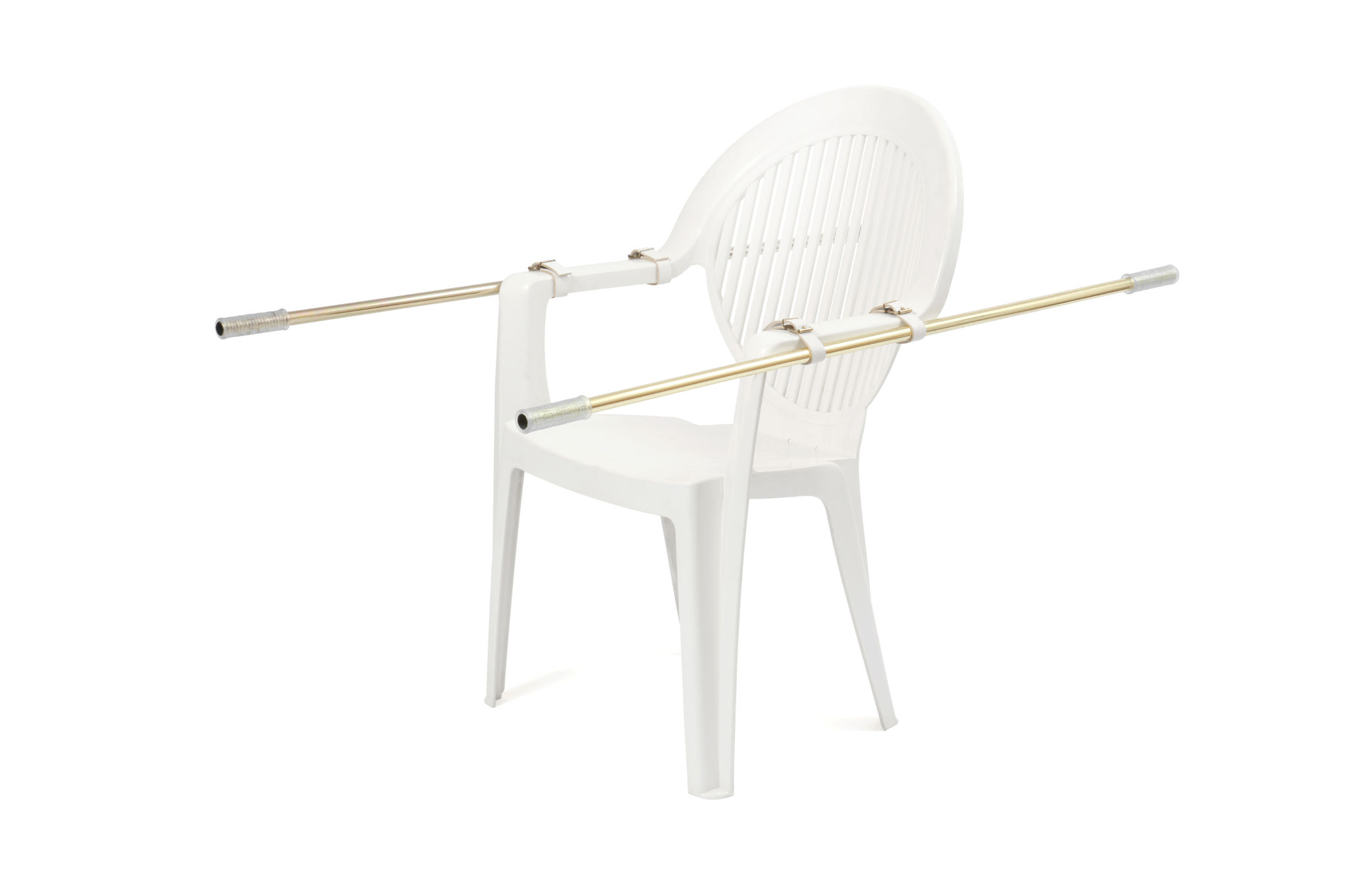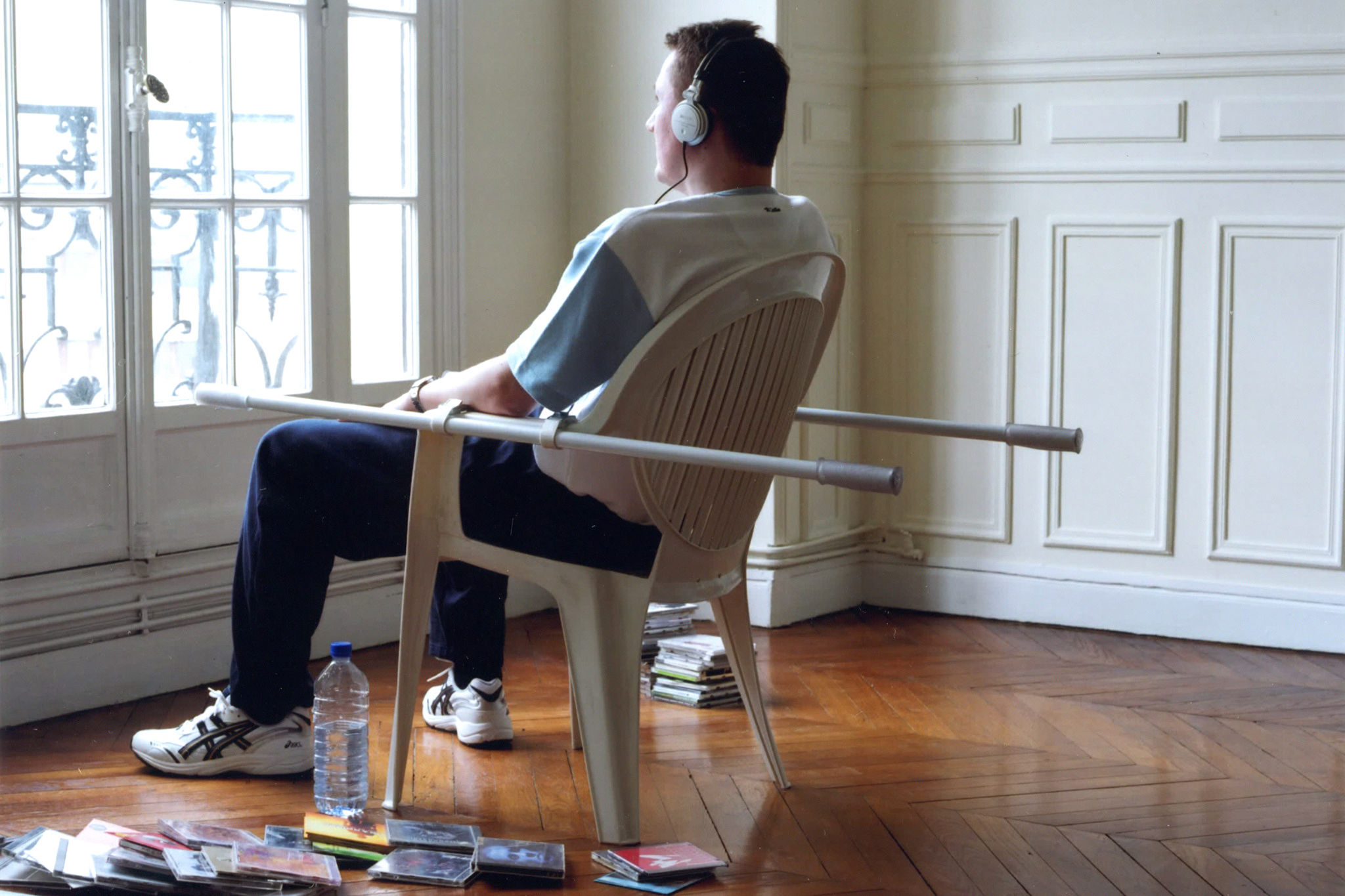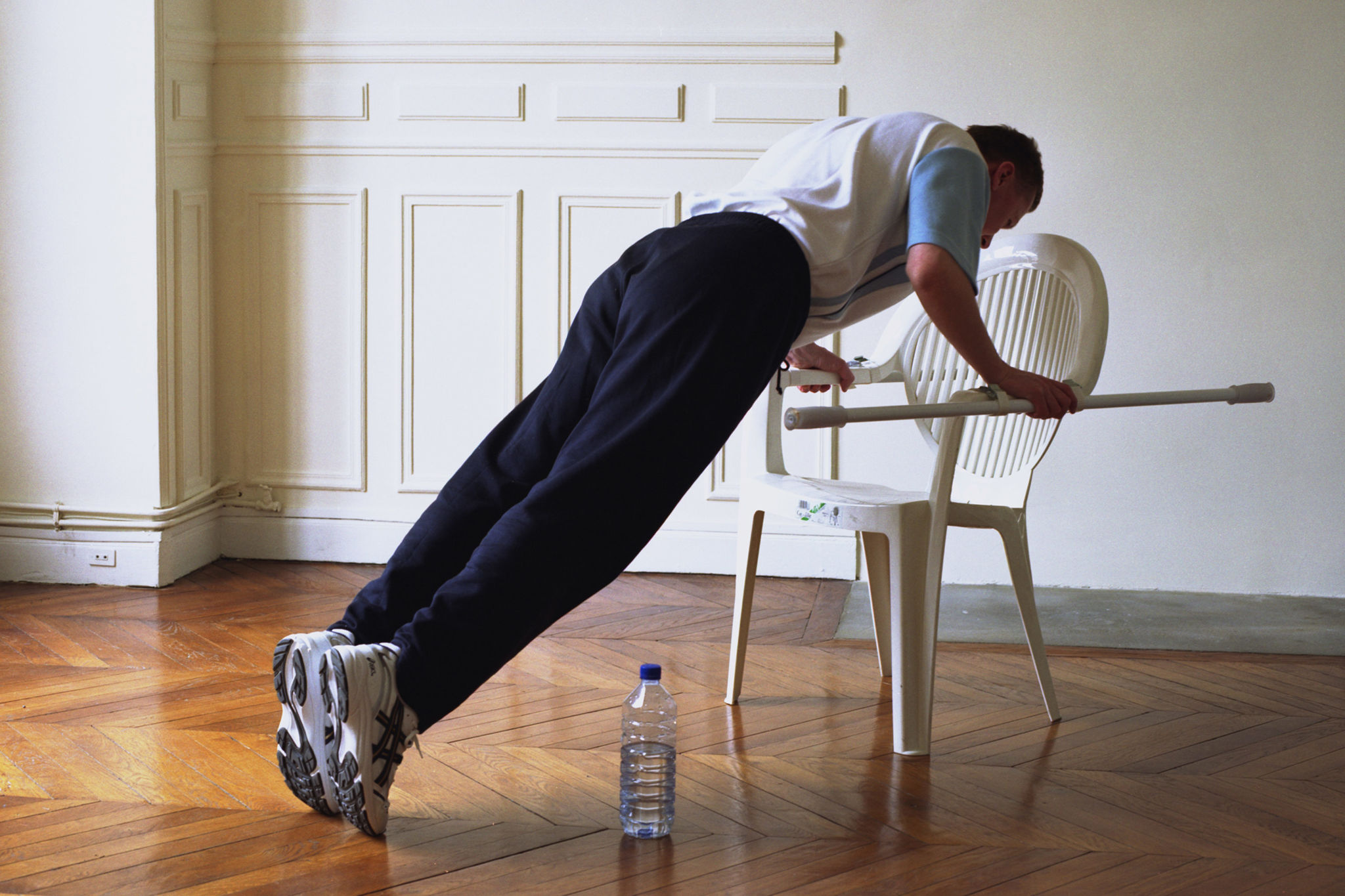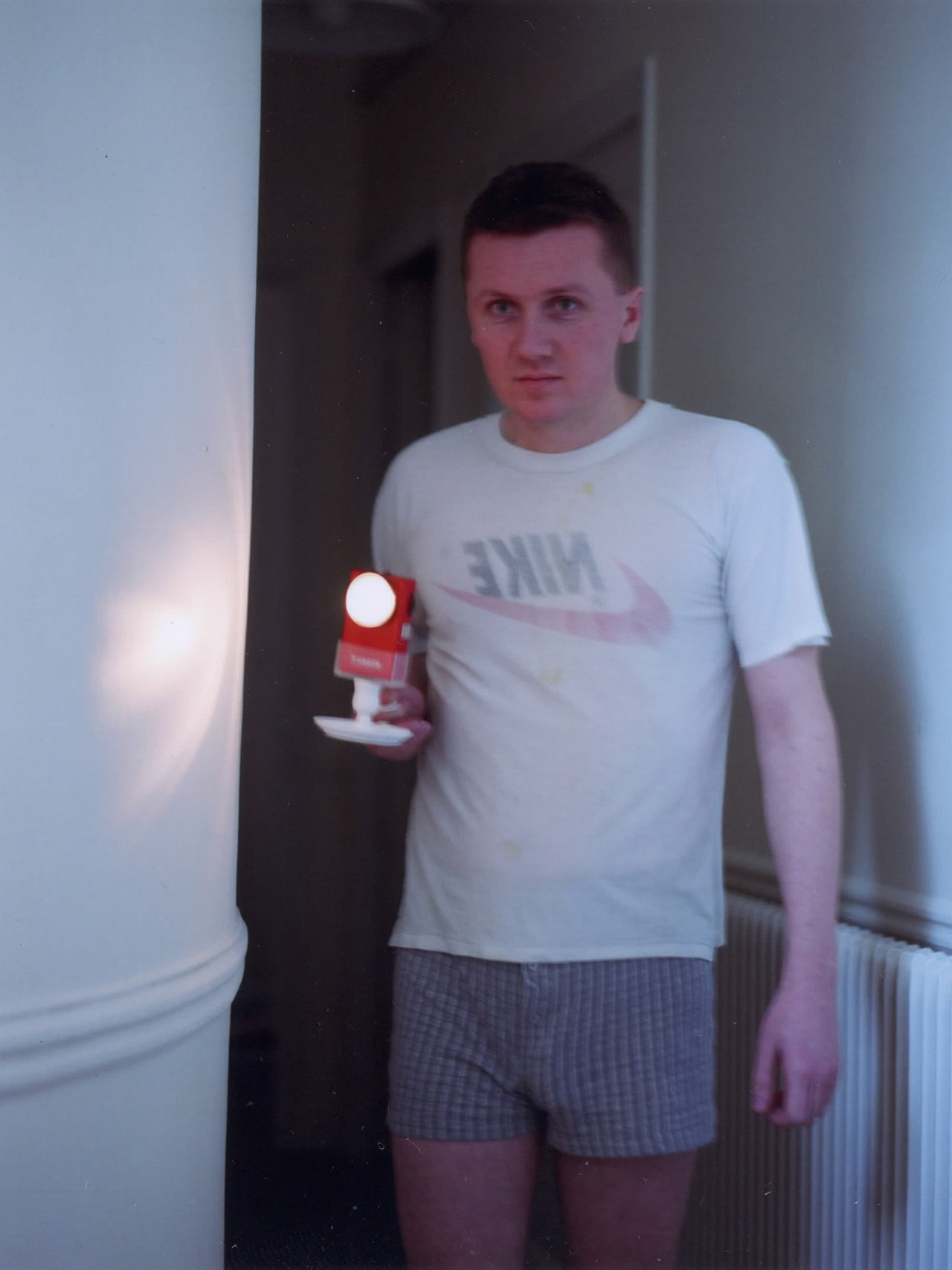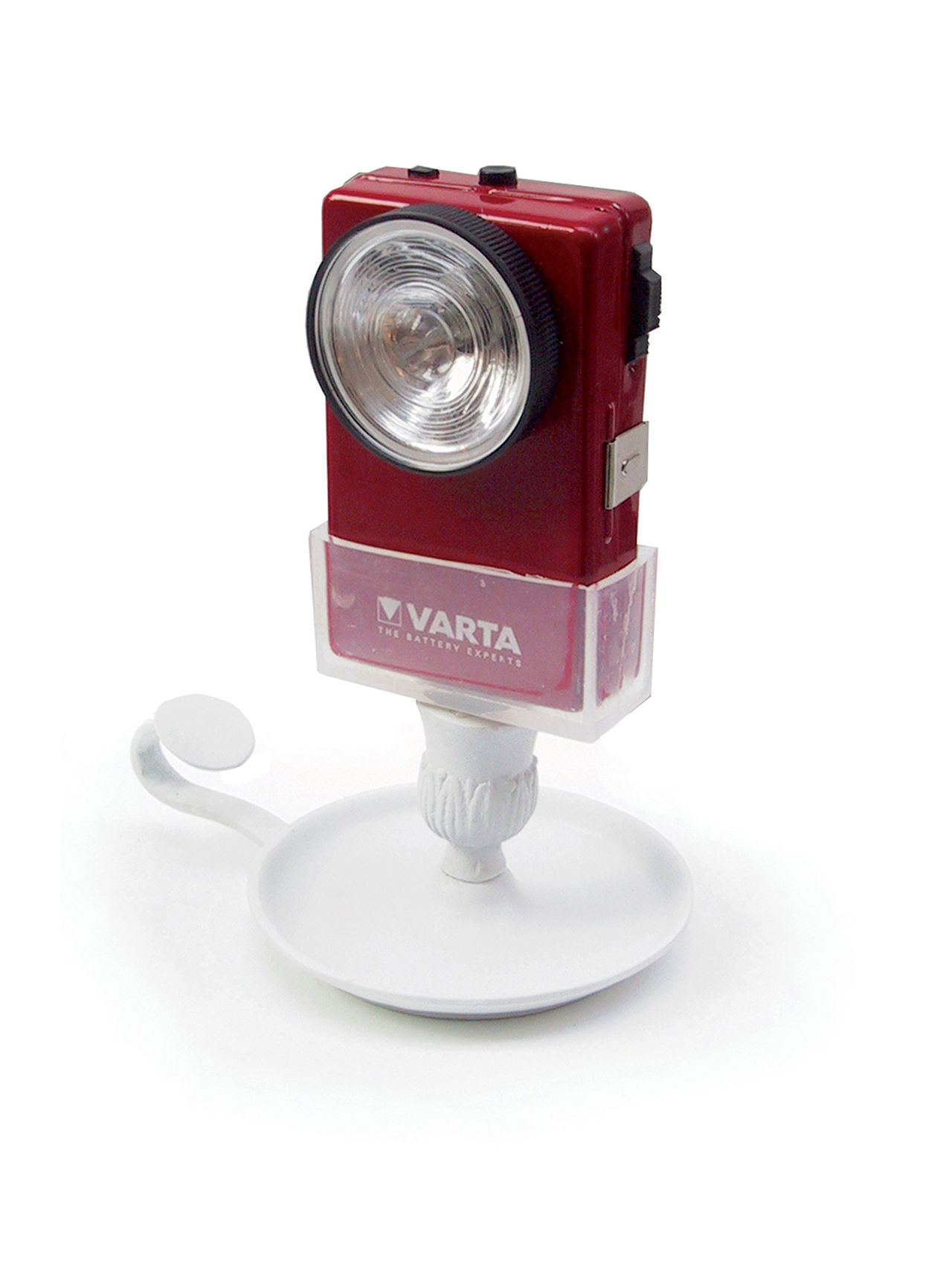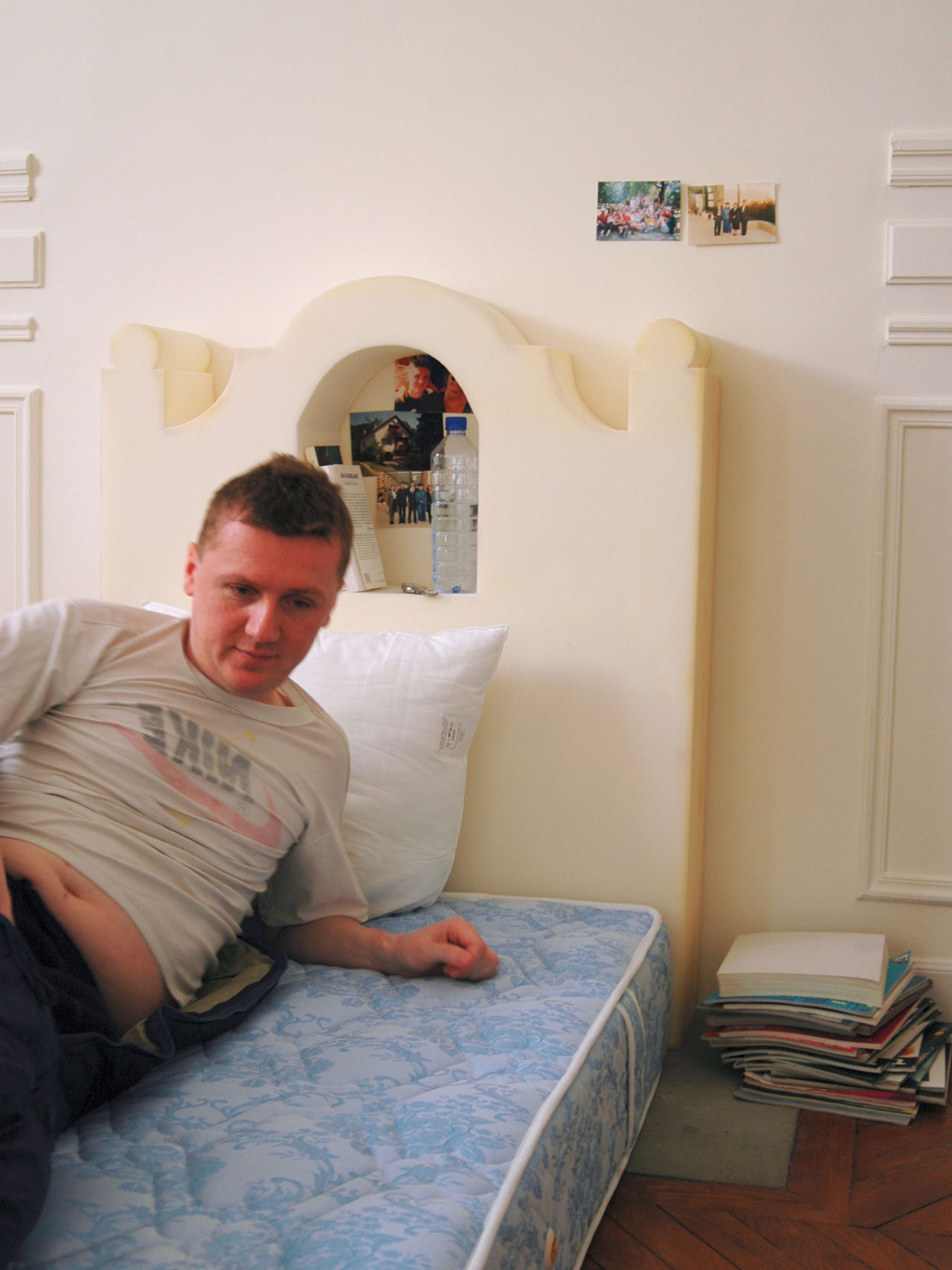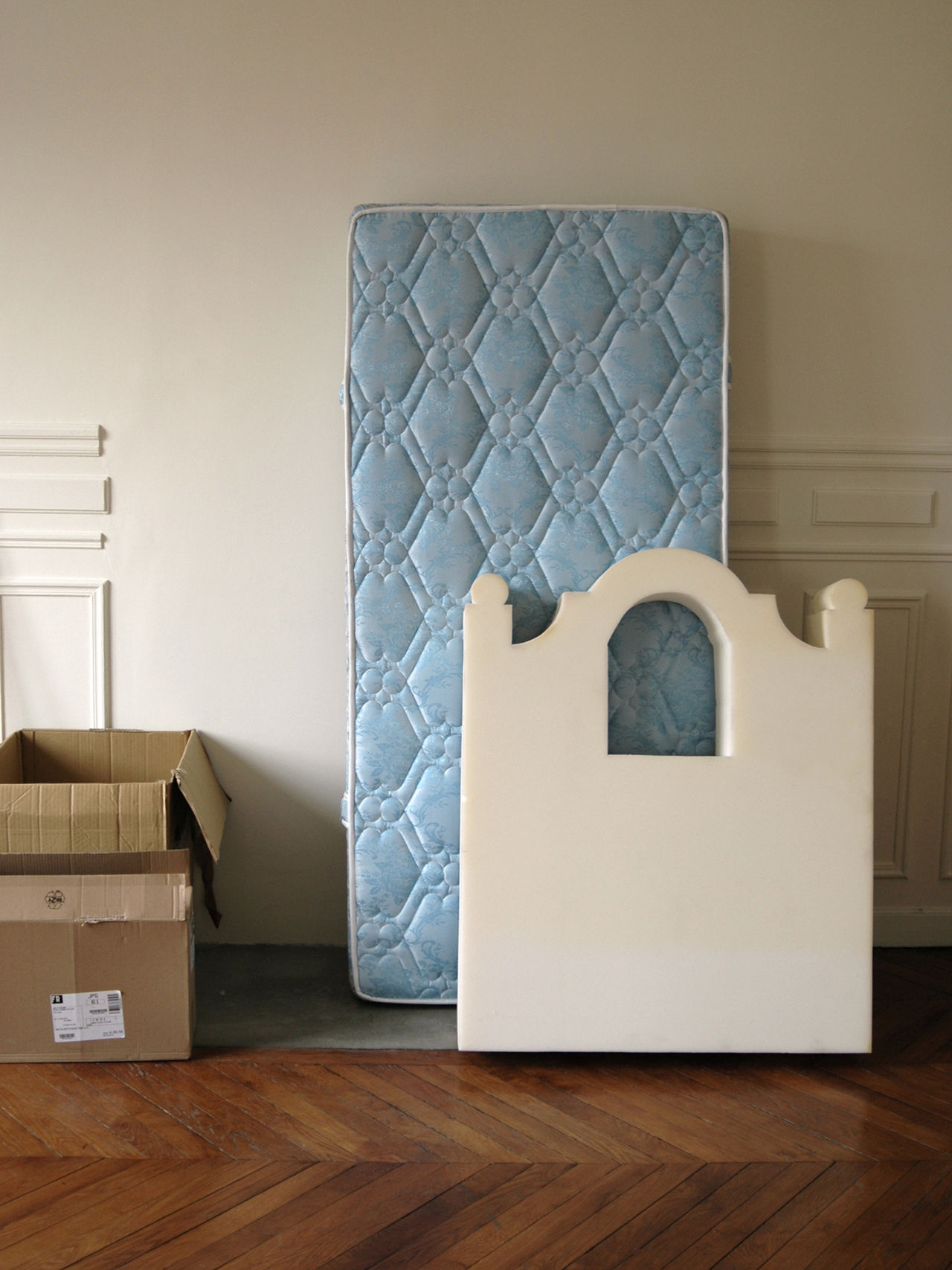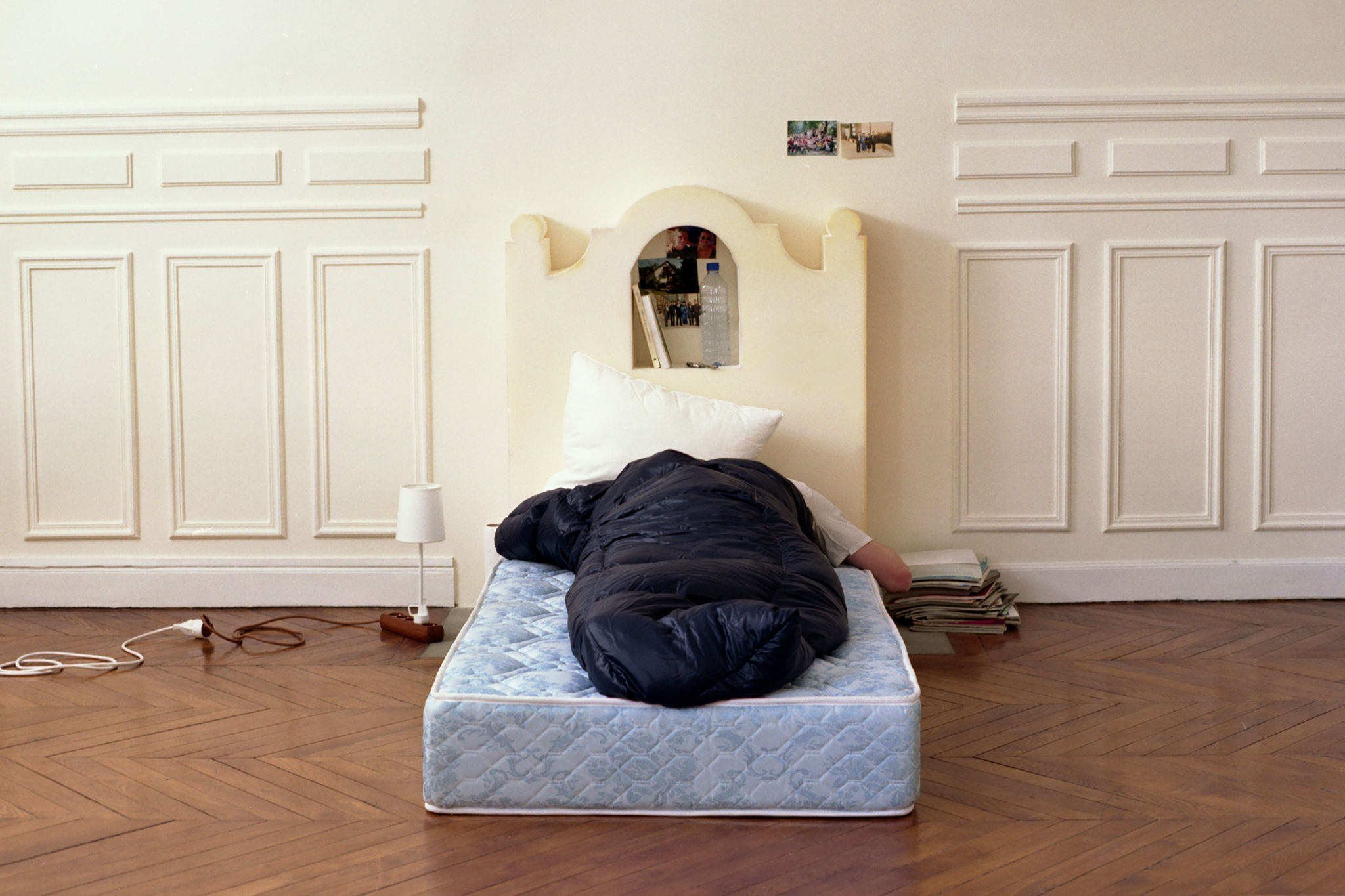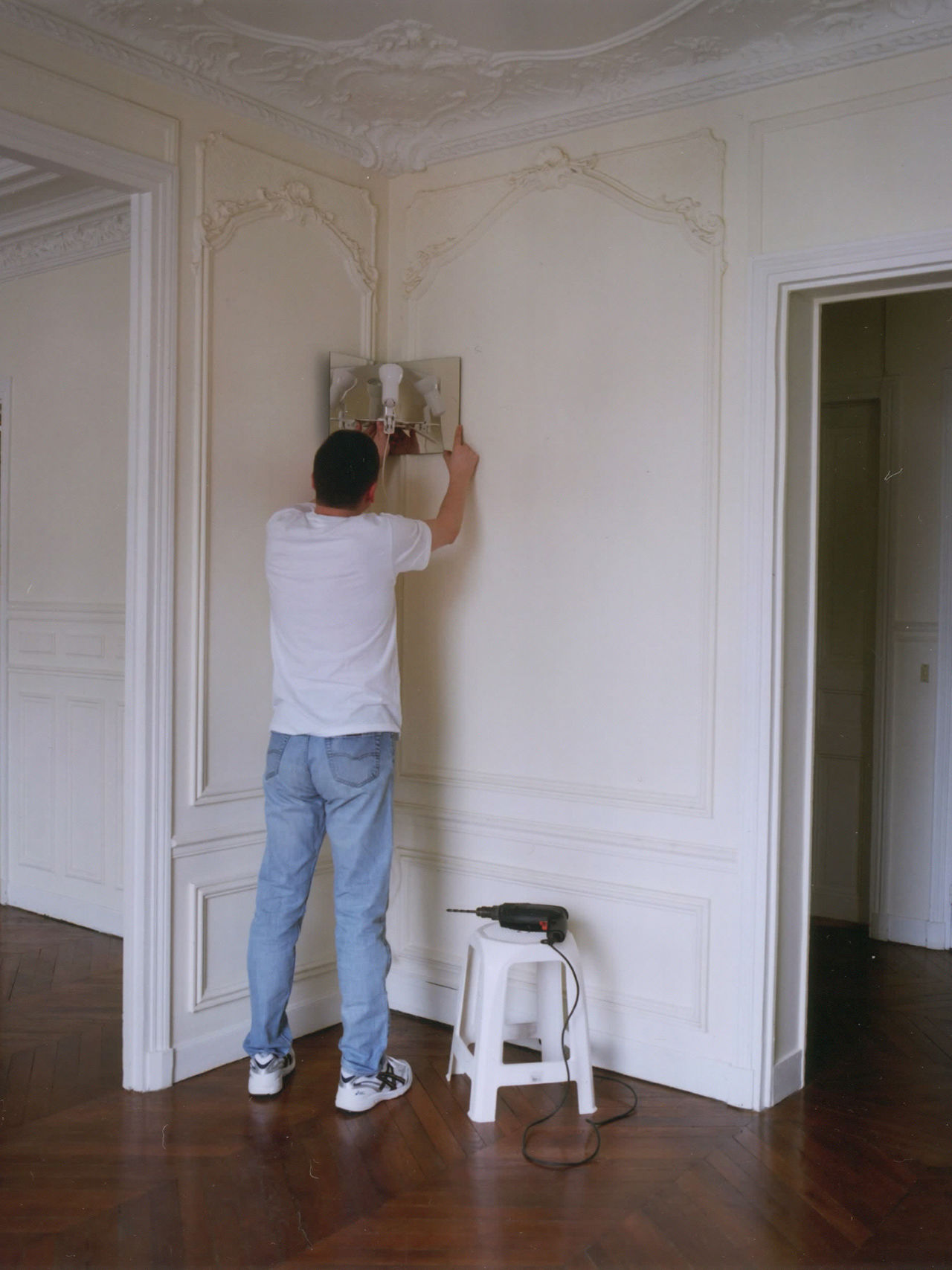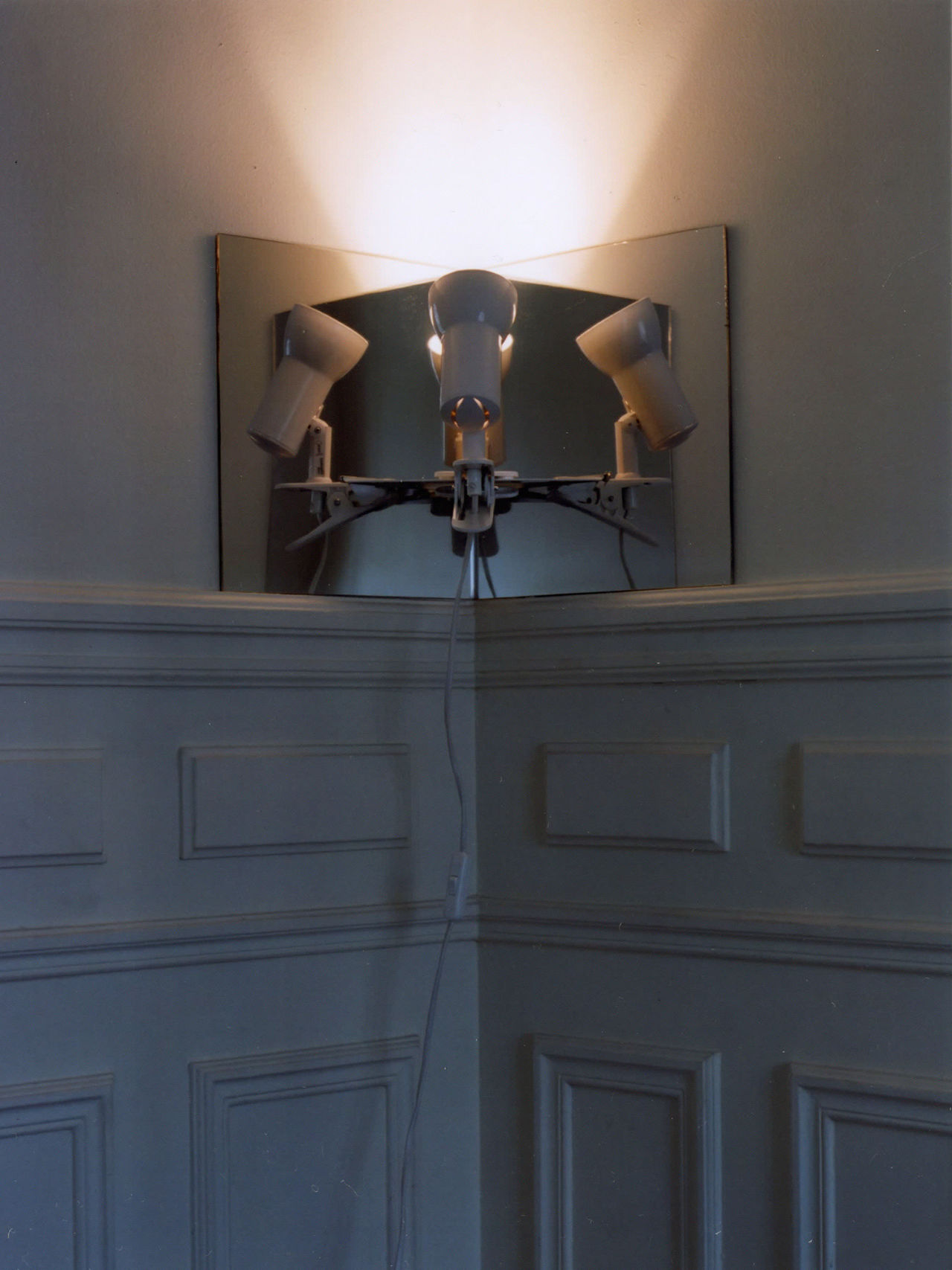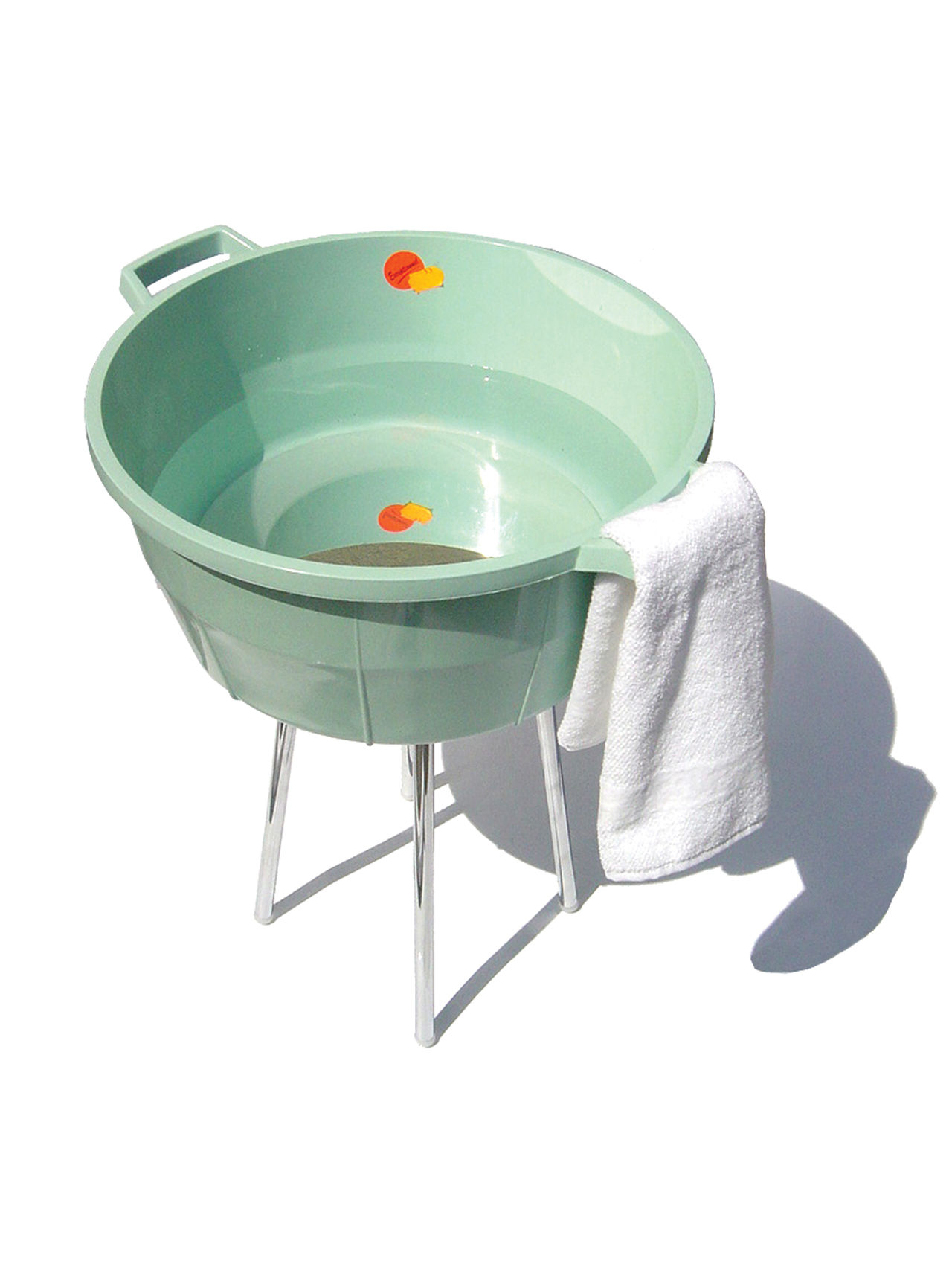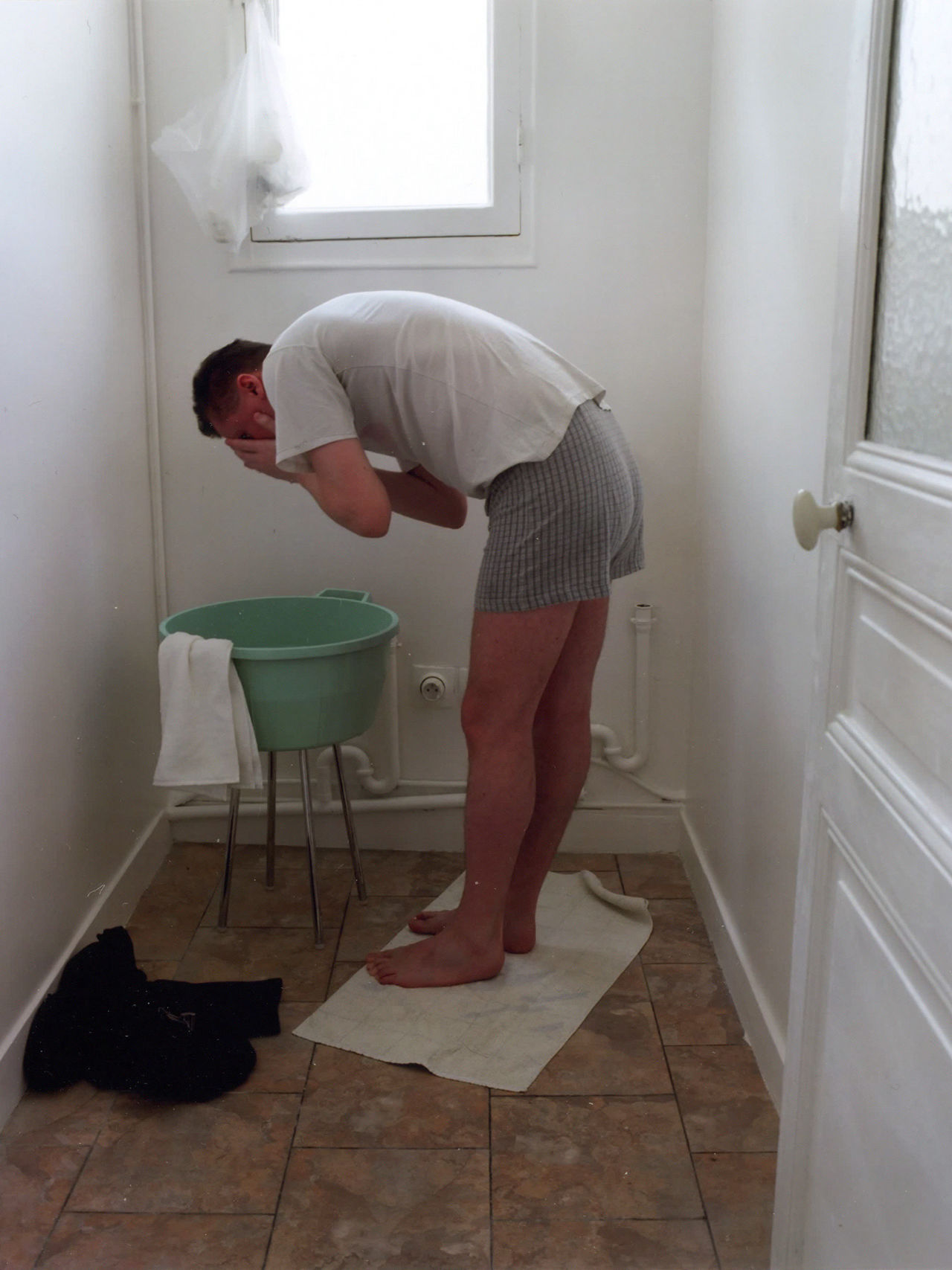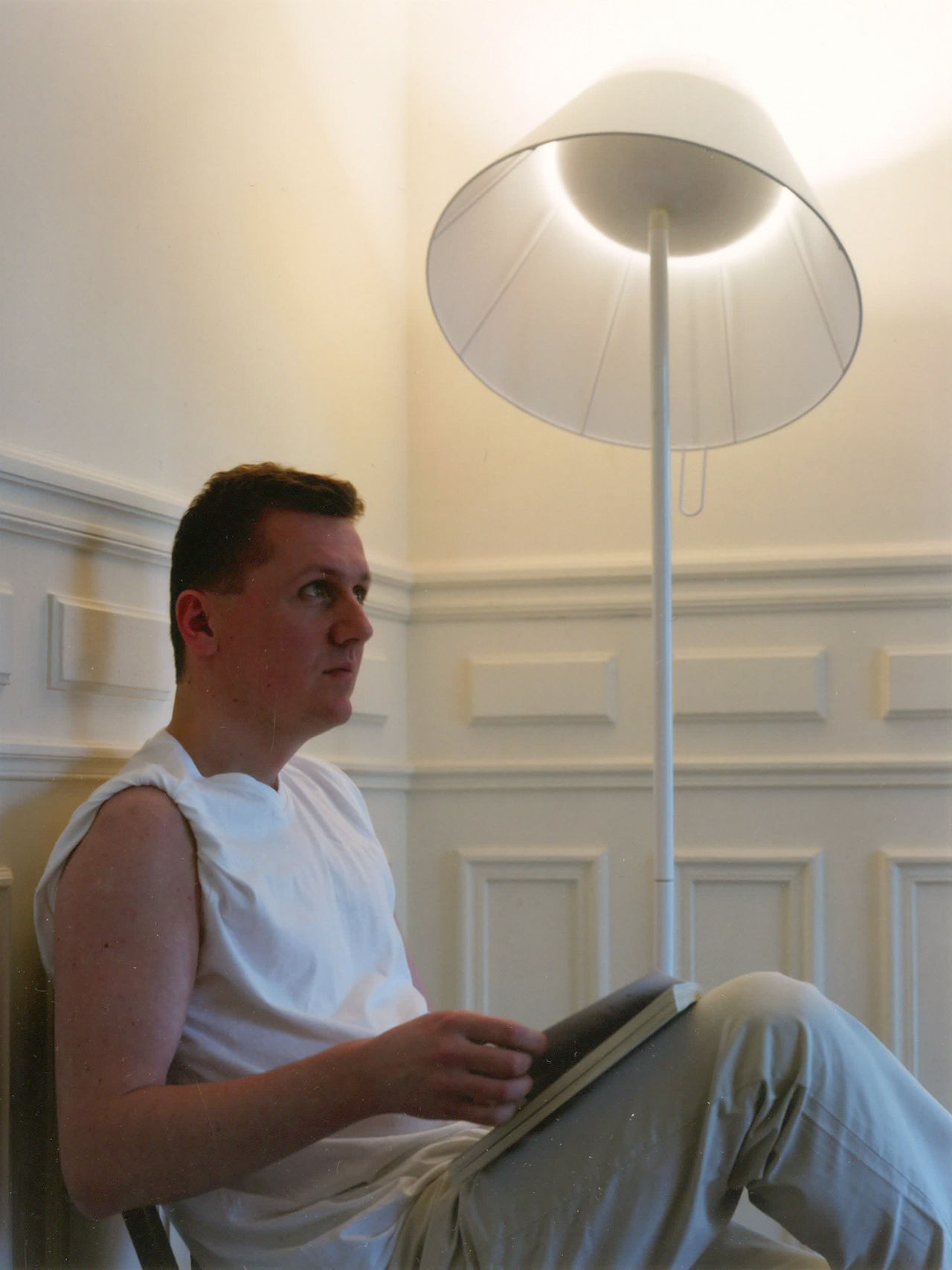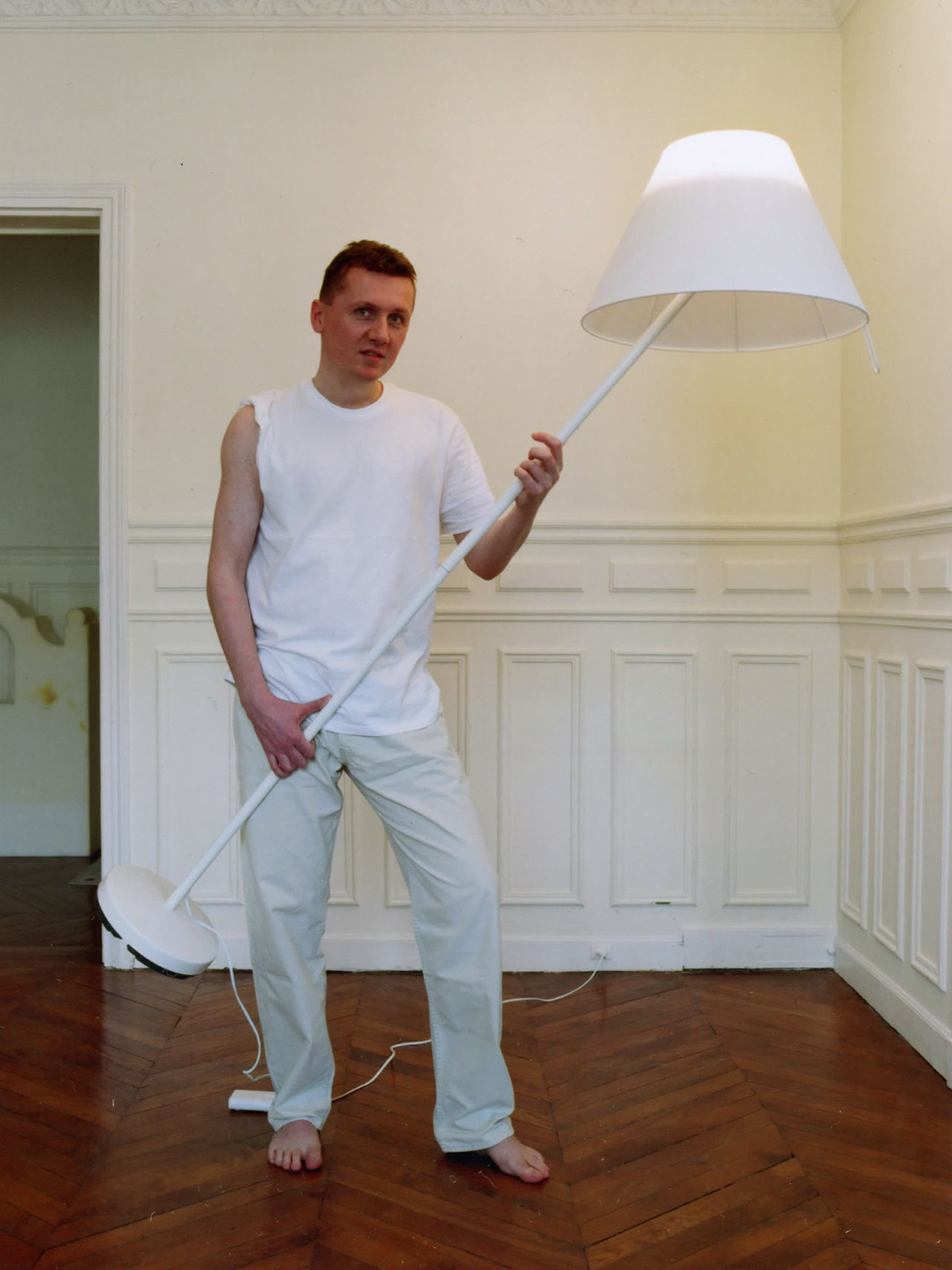Manifesto
Today design is regarded by the general public as a style : how their can we re-think those anonymous, simple objects which we don’t perceive when they represent the very essence of design ? They are so much a part of our daily lives, mass produced functional, cheap but suffering from a lack of image. It is with irony and with the aid of a range of added elements that we question the status of our object.
Thes anonymous objects are front of our daily lives, known by all and yet only exist in the background. Above all they are definited in tems of their use and function. Only used for everyday purposes, they are ignored when it comes to entertaining : discarded on special occasions, they remain in the cupboard. These ordinary objects suffer from a lack of image.
Nevertheless, they subsist through changes in fashion, technical and social revolutions and are never a rarely aesthetically challenged. Could they not, in their own way be icons of design? We suggest that these objects be reconsidered by providing additional elements. That would improve their image while their integrity and identity would remain unchanged. The added element is nothing more than a placebo. Our goal is to heal the ego of the object.
When selecting these ordinary icons, we have tried to be as objective as possible. We have locked for ordinary, anonymous daily, cheap, mass produced, functional objects. They should be considered as an input for a more general understanding of our material environment. As an example let’s take a glass. The important thing is not that it belongs to the popular “Duralex” brand but that it is representative of all stemless glasses used daily at home or in canteens. We night as well have presented a mustard galss. These objects are conceived to express a practical, almost automatic purchase. There is no decoration, nothing has been done to hide their old functionality. Above all they are objects that define themselves through their use. Function dominates form. Indeed when they lose their usefulness, their symbolic value does not justify keeping them.
We have an intuitive relationship with those kind of products. The standardised archetypeal form and obvious functionality automatically indicate their place and role. One can find them in a canteen, café, cupboard, attic, basement, garage...The place where they are found determines their social status and the importance given them in the eyes of their owners.
Moving them from their usual surroundings, isolating them, placing them on a pedestal makes one forget momentarily the value usually attributed to them. The intrinsic value of the object is revealed, one looks at it in a different light. Placing it in a different context transforms the perception usually attached to it.
FNAC, Fonds National d'Art Contemporain, has added the lampe branchée in 2006 and the Porte-cintre in 2007
The Portecintre has received the LABEL VIA in 2006
Exhibitions
2010
- Now! 5•5 designers élus créateurs de l'année, Maison & Objet, Villepinte, France 2009
- Joyeux anniversaire 5•5, Centre culturel français de Milan, Salone del Mobile, Milan, Italy
2008
- 79m² de 5•5 designers, Magazyn Praga, Warsaw, Poland
- Design Reference Paris, Musée des Beaux Arts de Canton, China
2007
- This side up - Palau de la Musica y congressos, Valencia, Spain
- The Place and the Plate, Bangkok, Berlin, Budapest, Thaïlande, Allemagne, Hongrie
2006
- objets ordinaires à l'Appartement, Barcelone, Spain
- Sièges avec vue..., Villa Noailles, Hyeres, France 2005 - Salon du Meuble de Shanghai, China
- Salon du meuble de Paris, Présentation "des objets ordinaires dans un appartement banal", Paris, France
2004
- exposition les objets ordianires, La Corbeille, Paris, France
